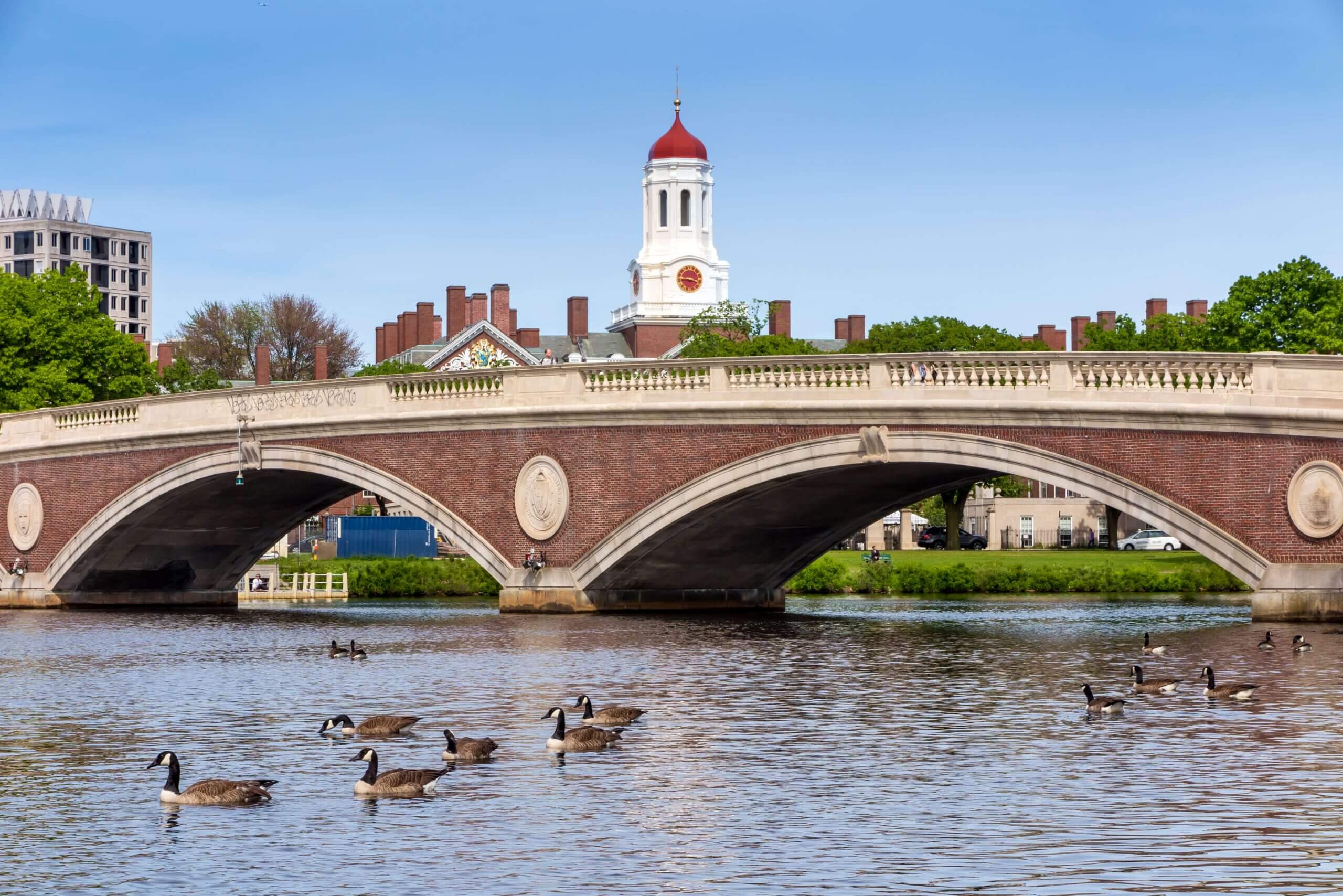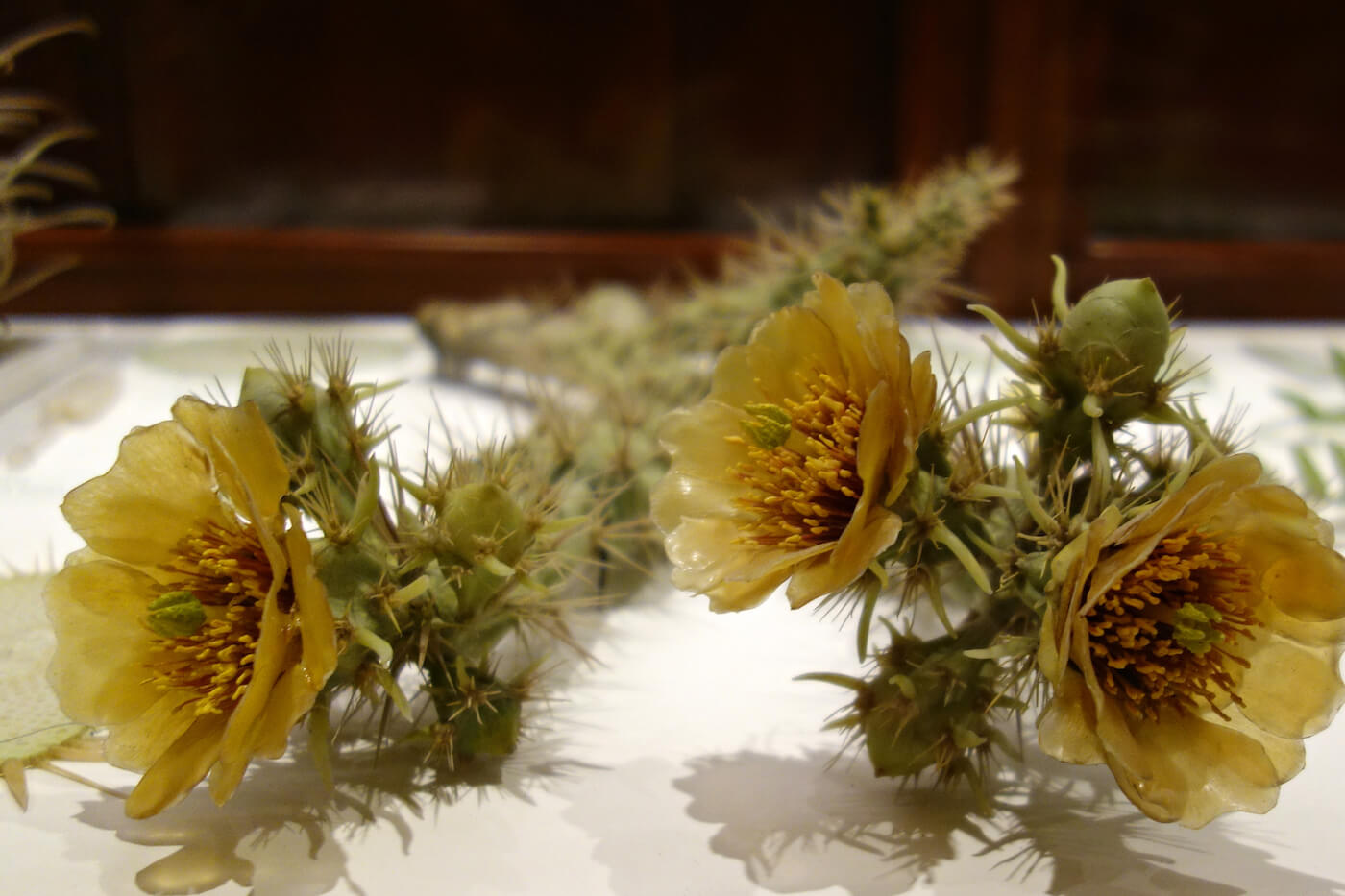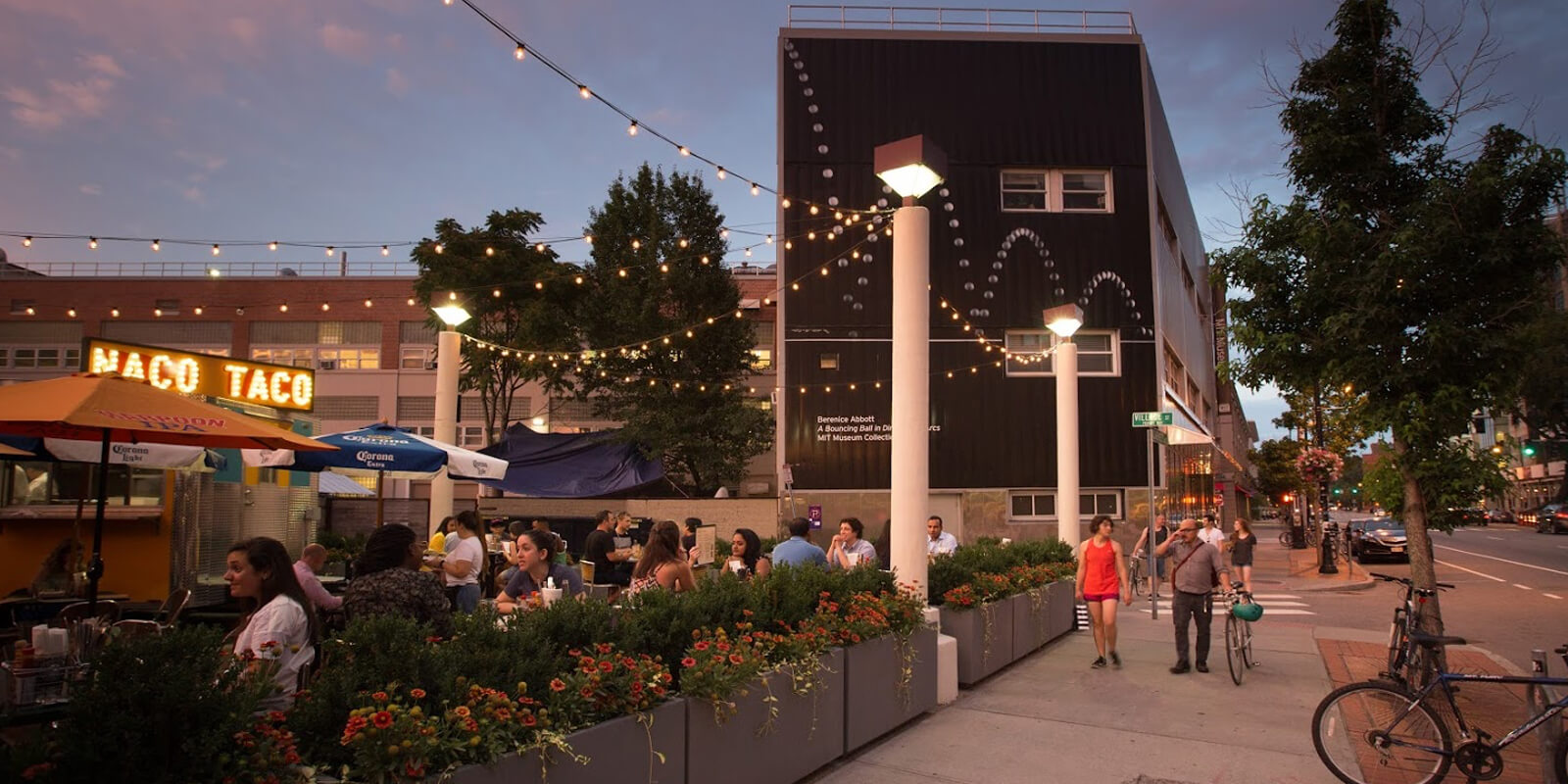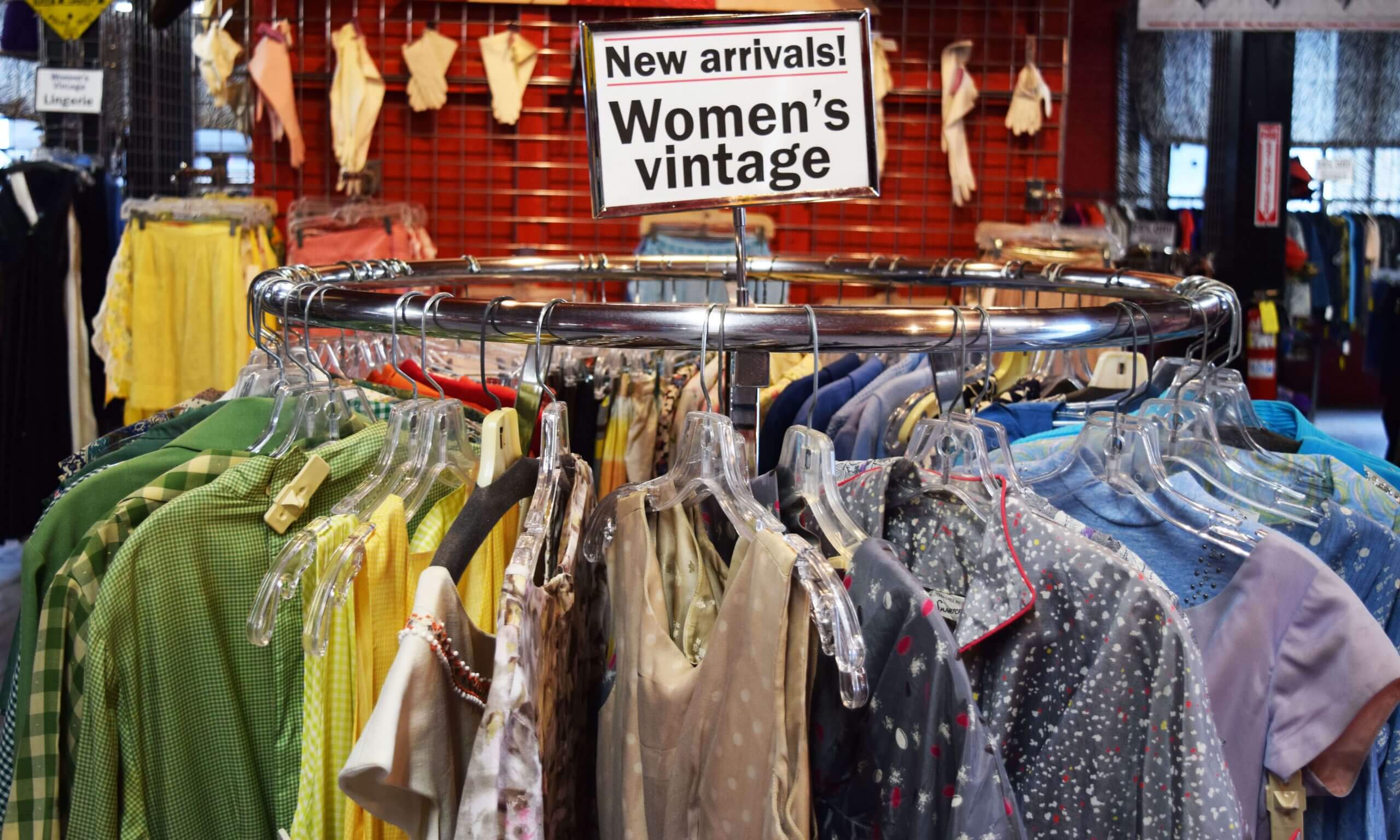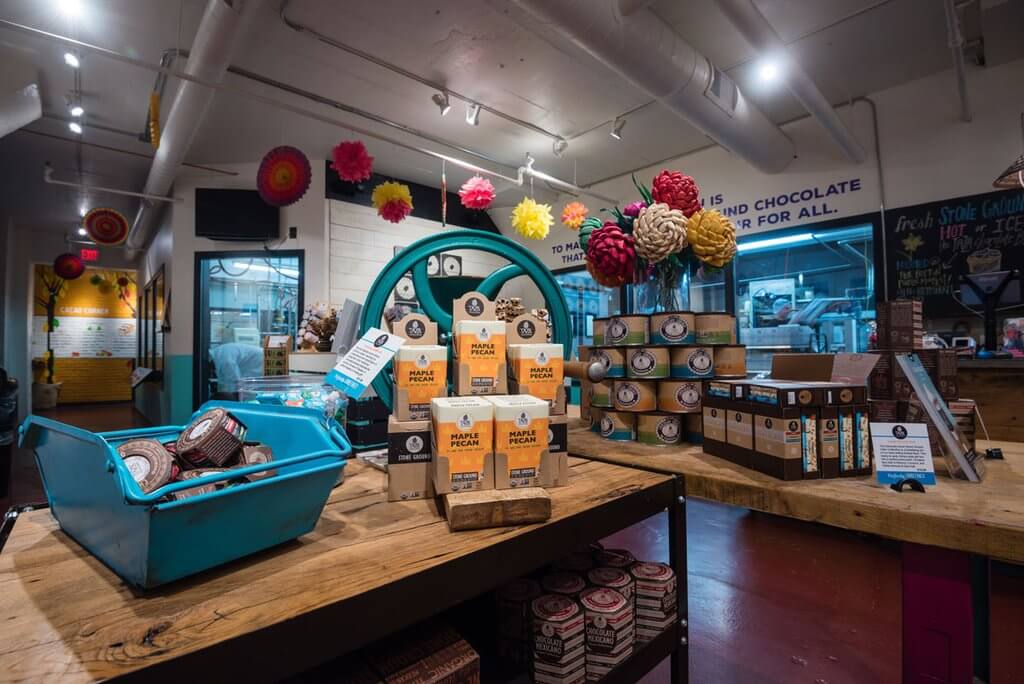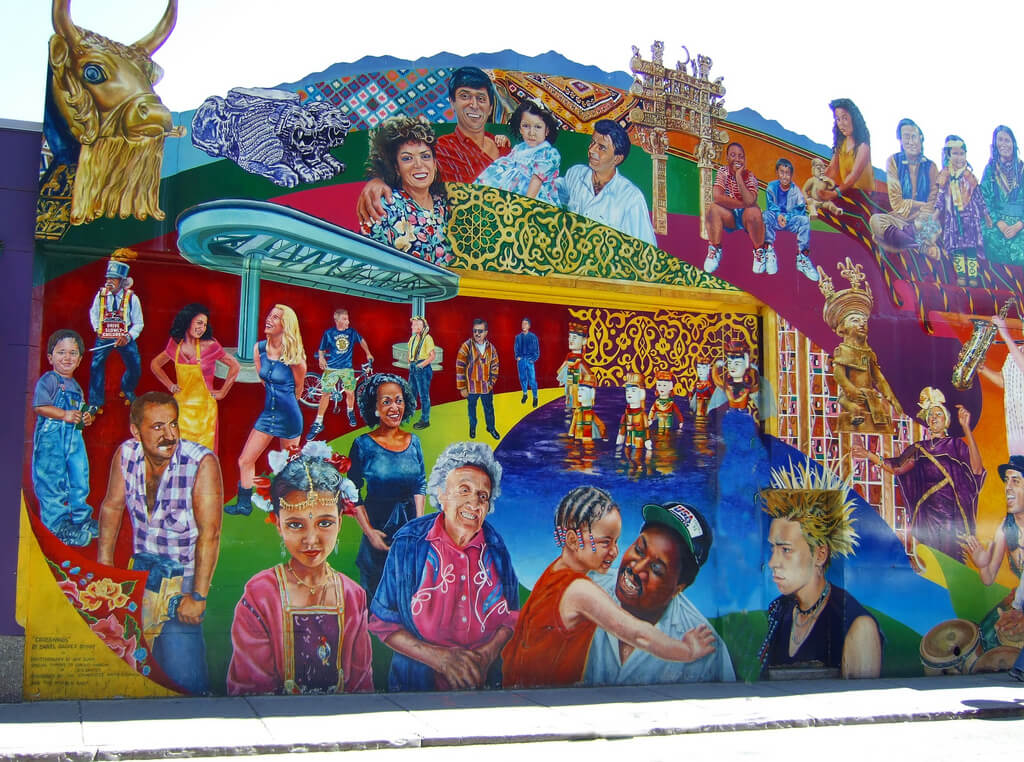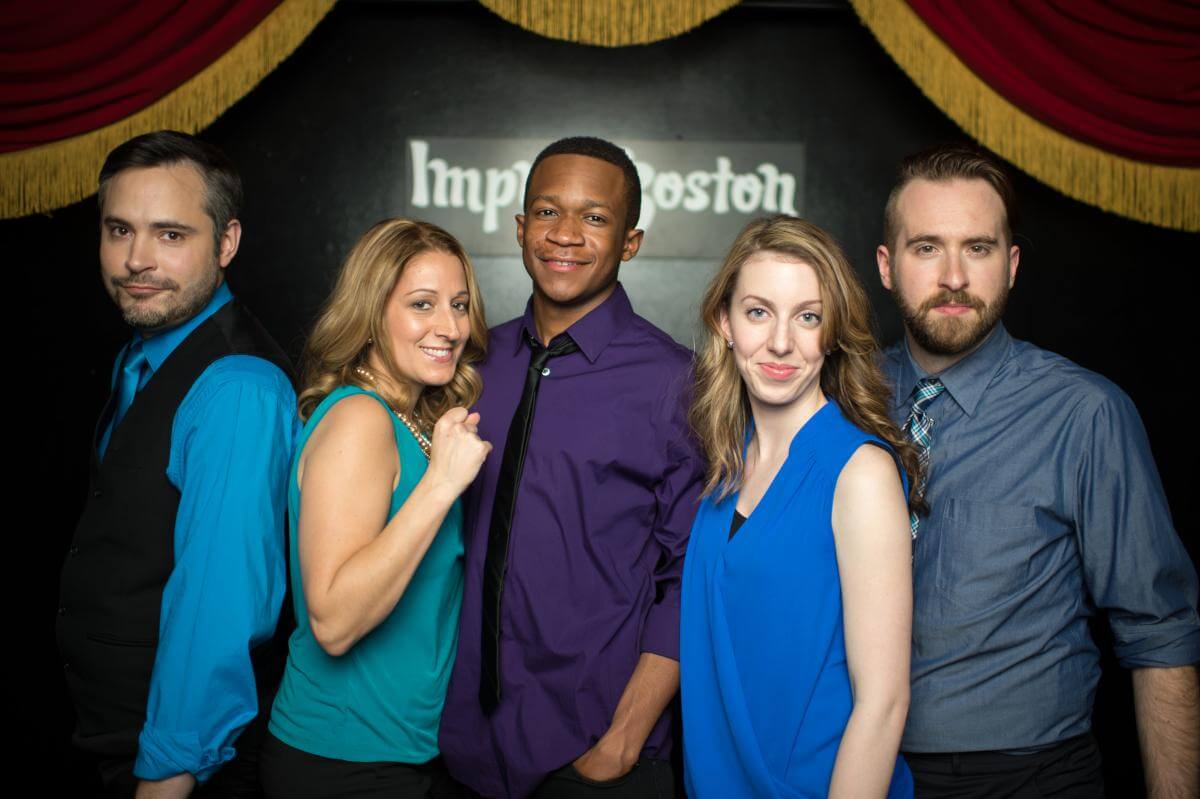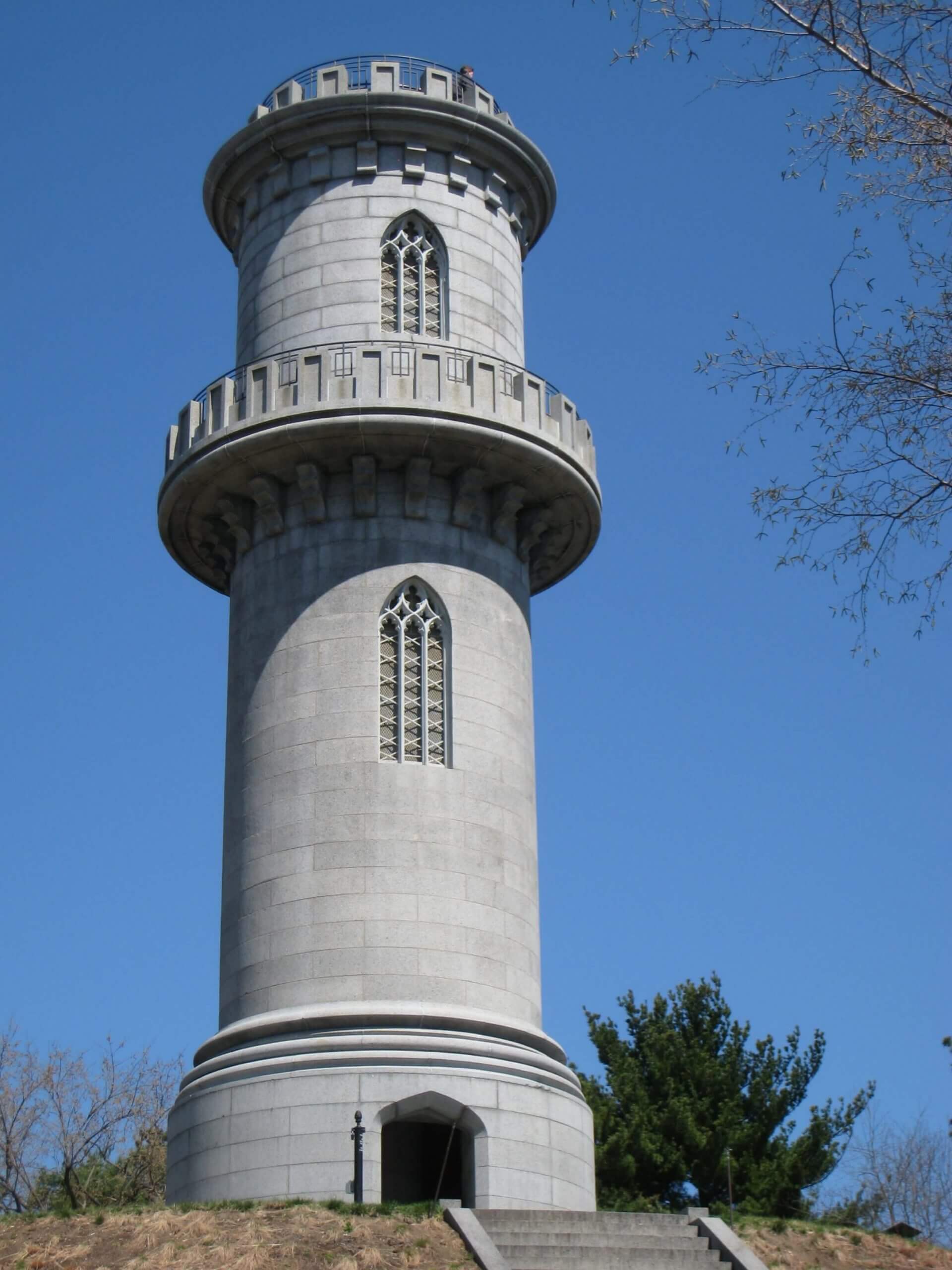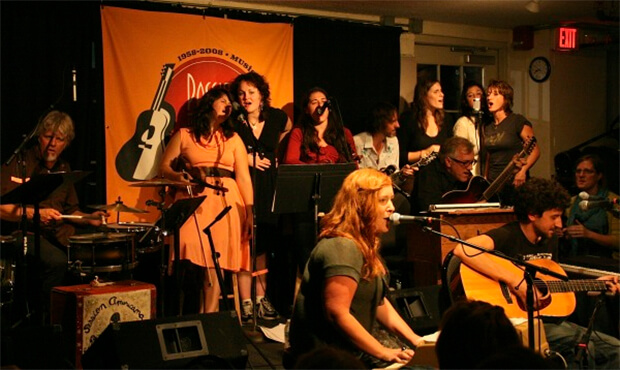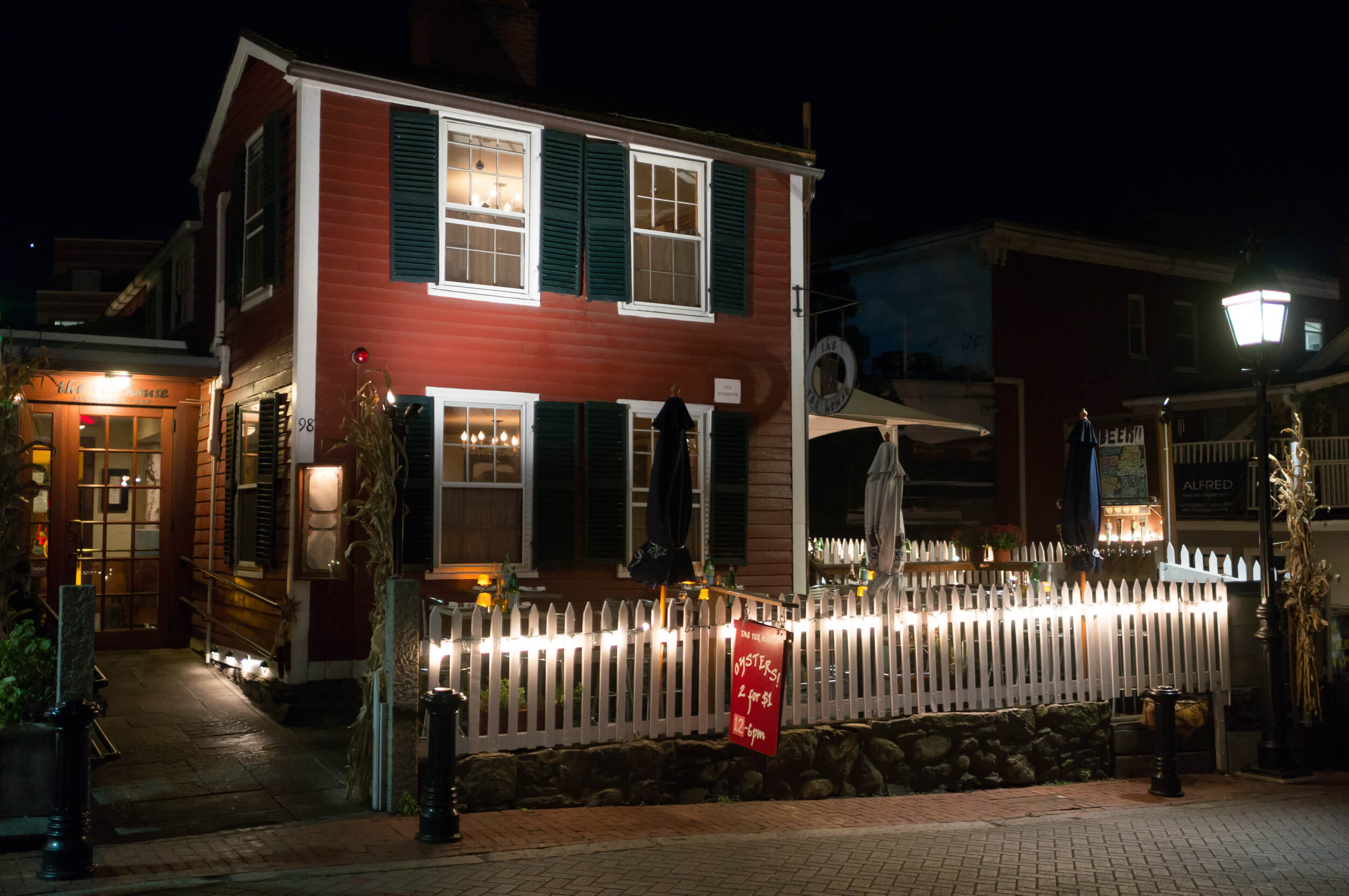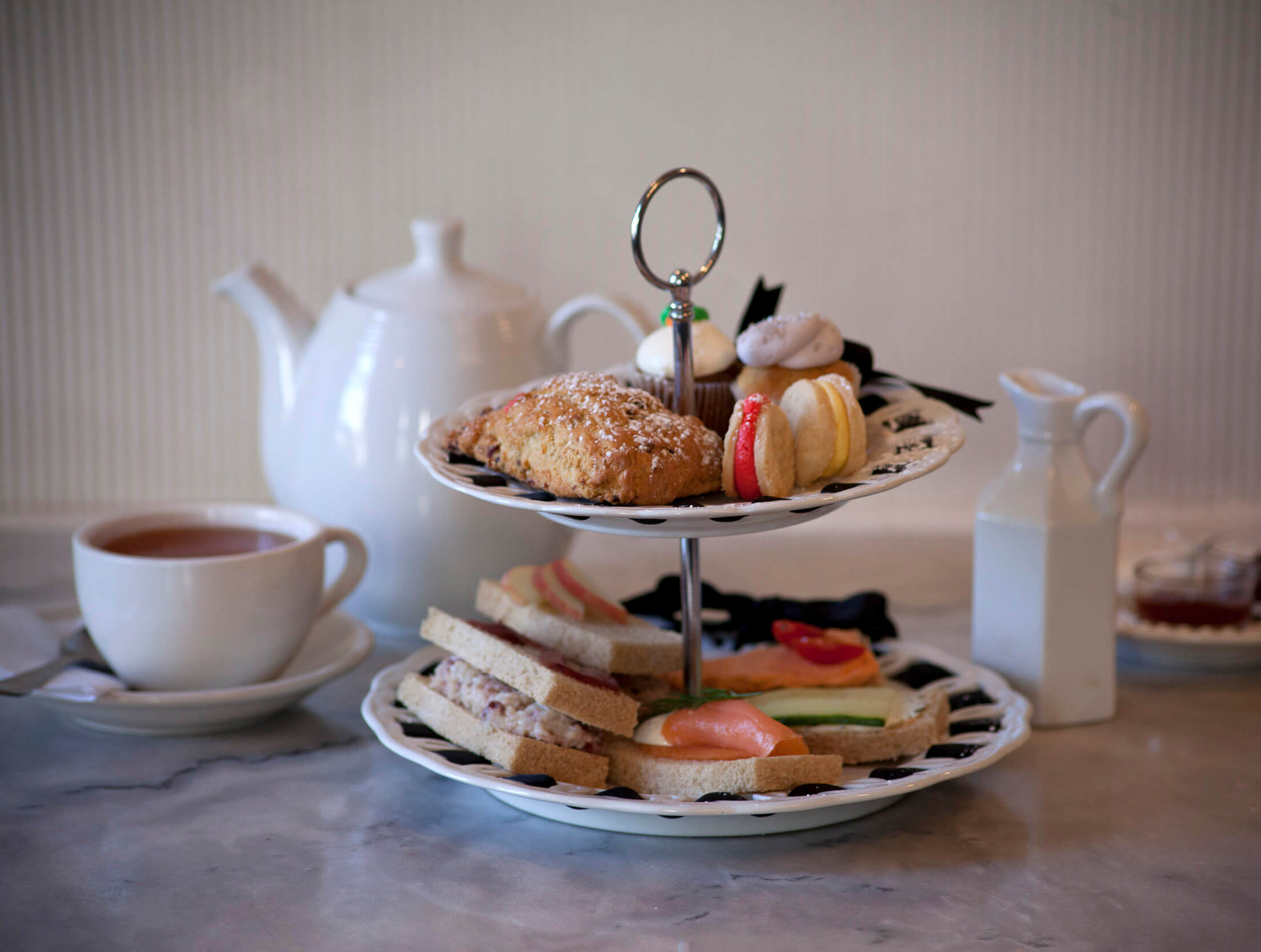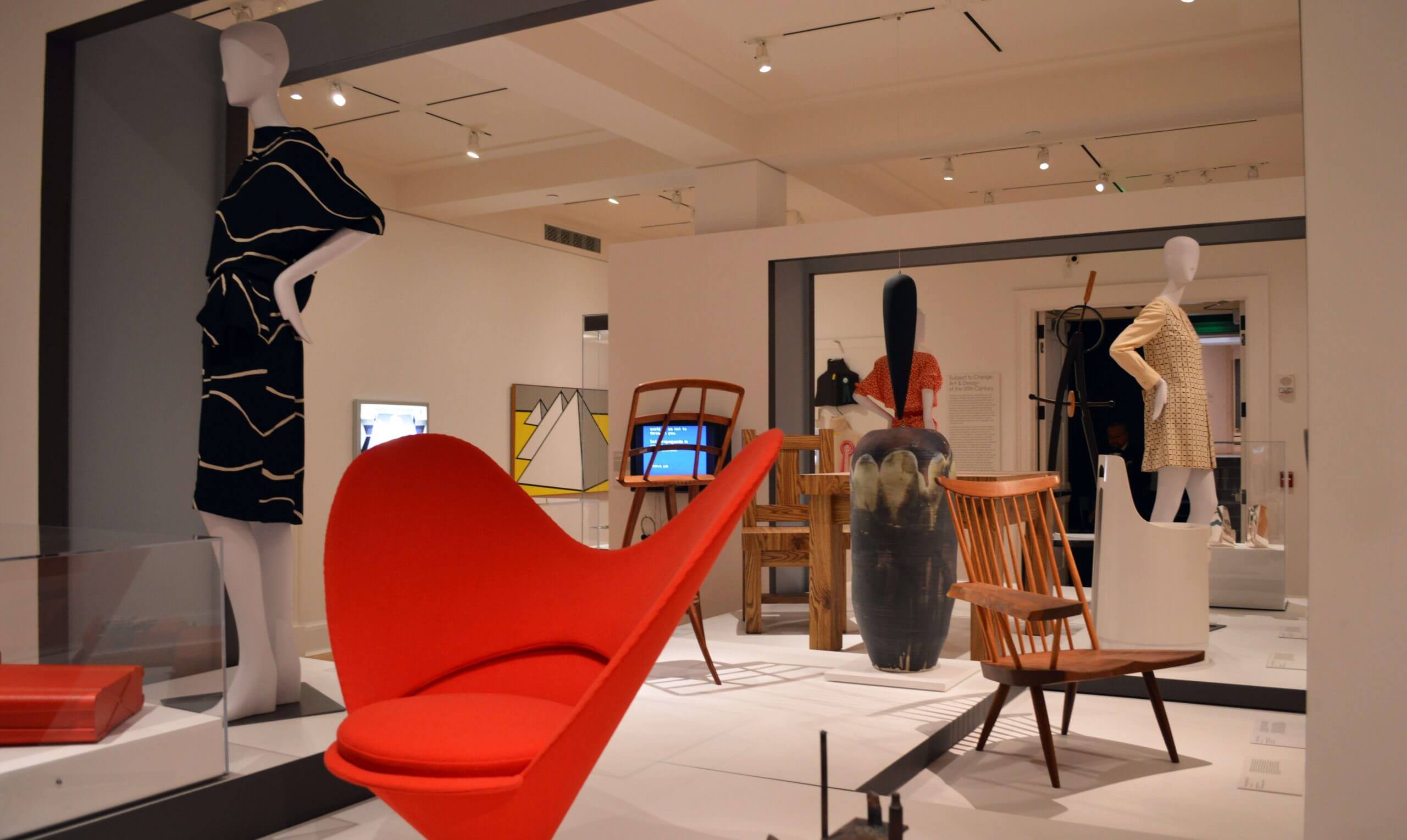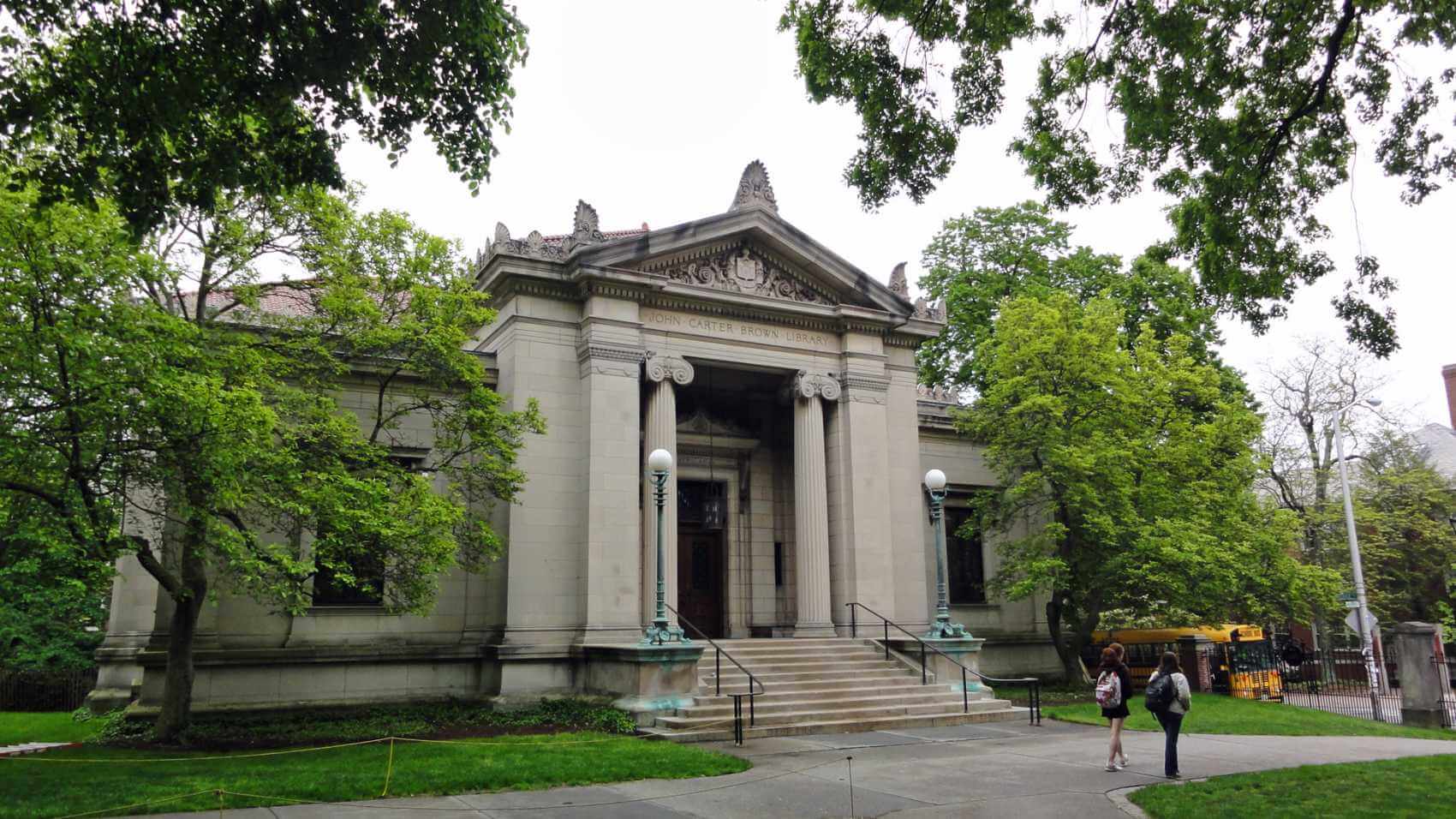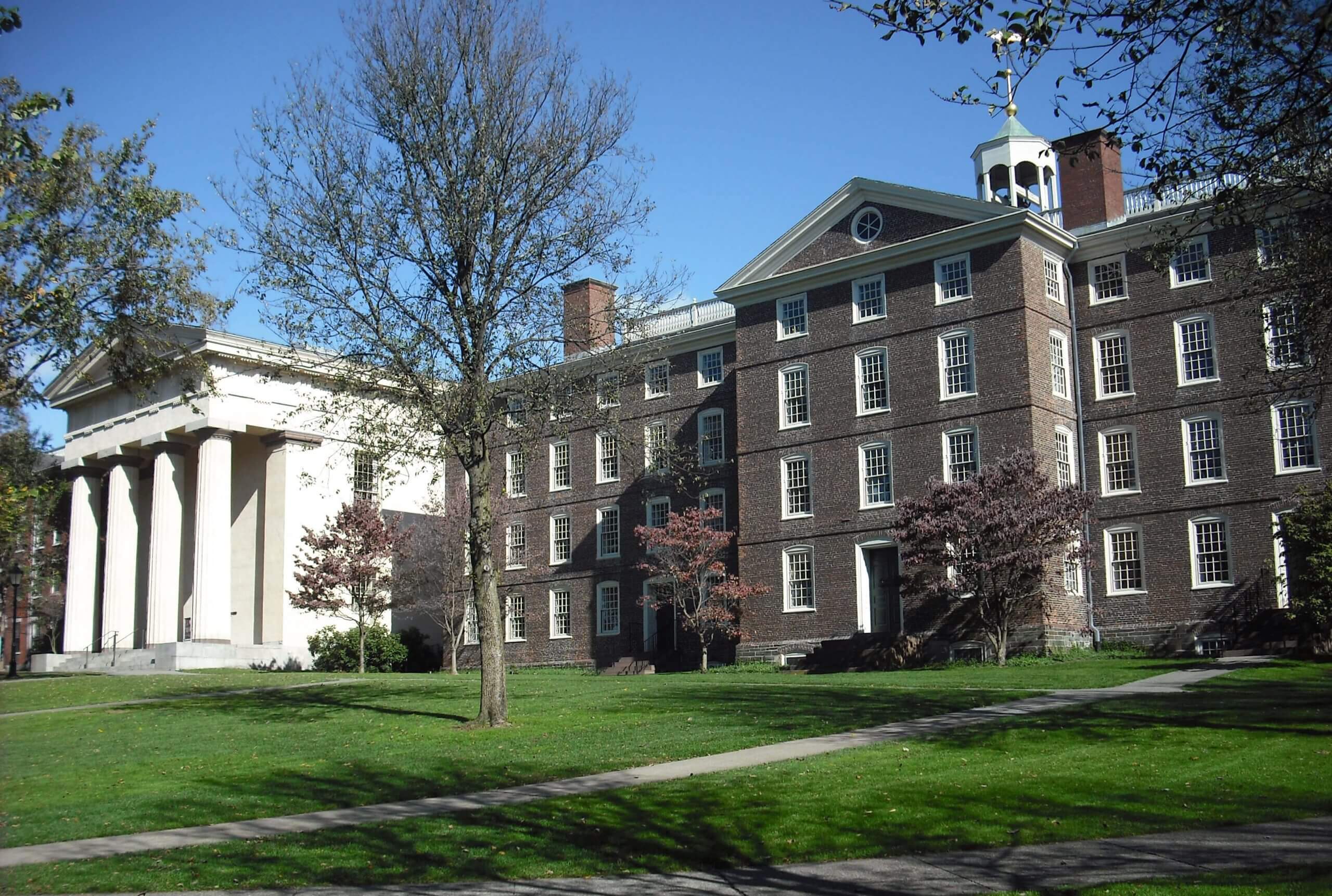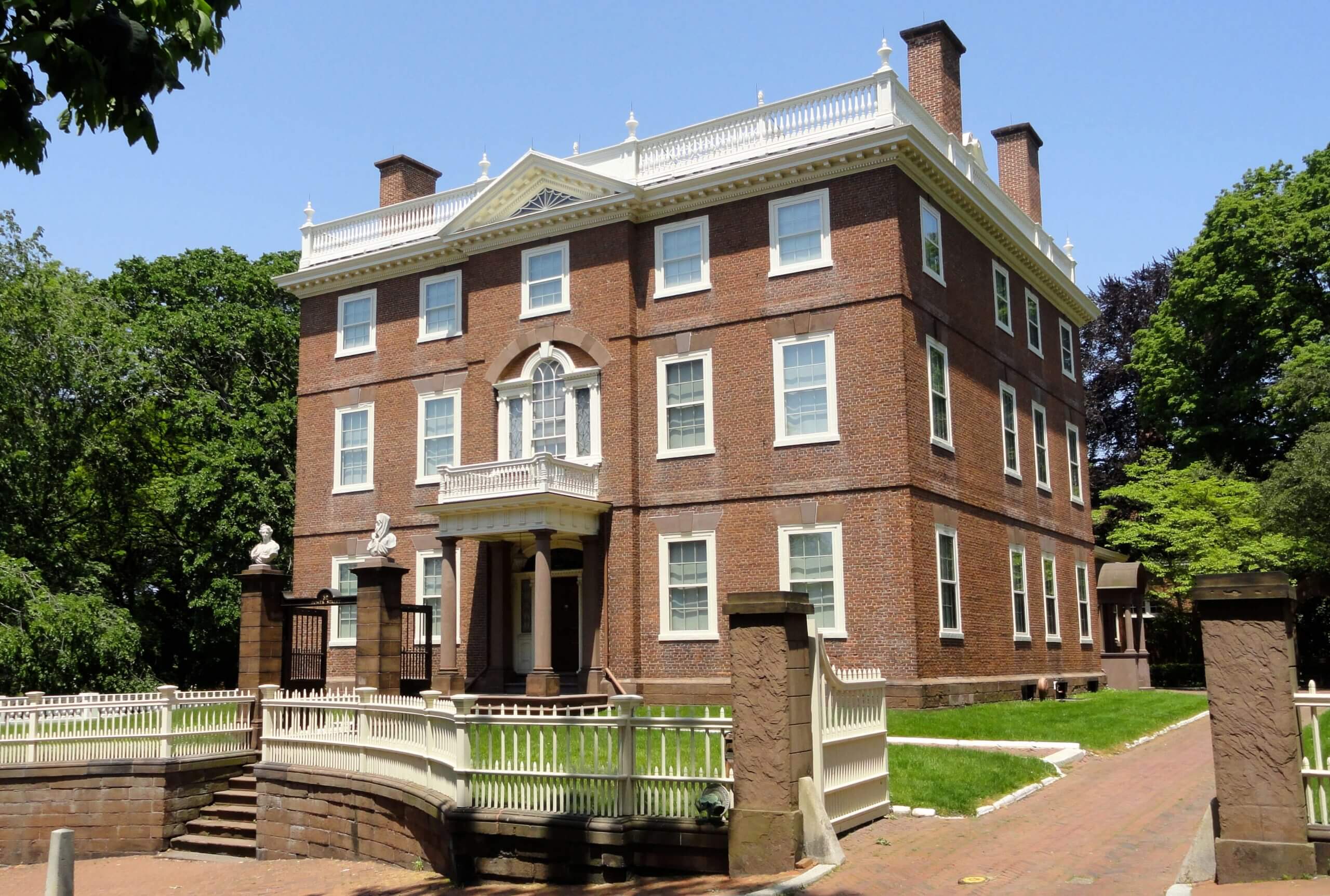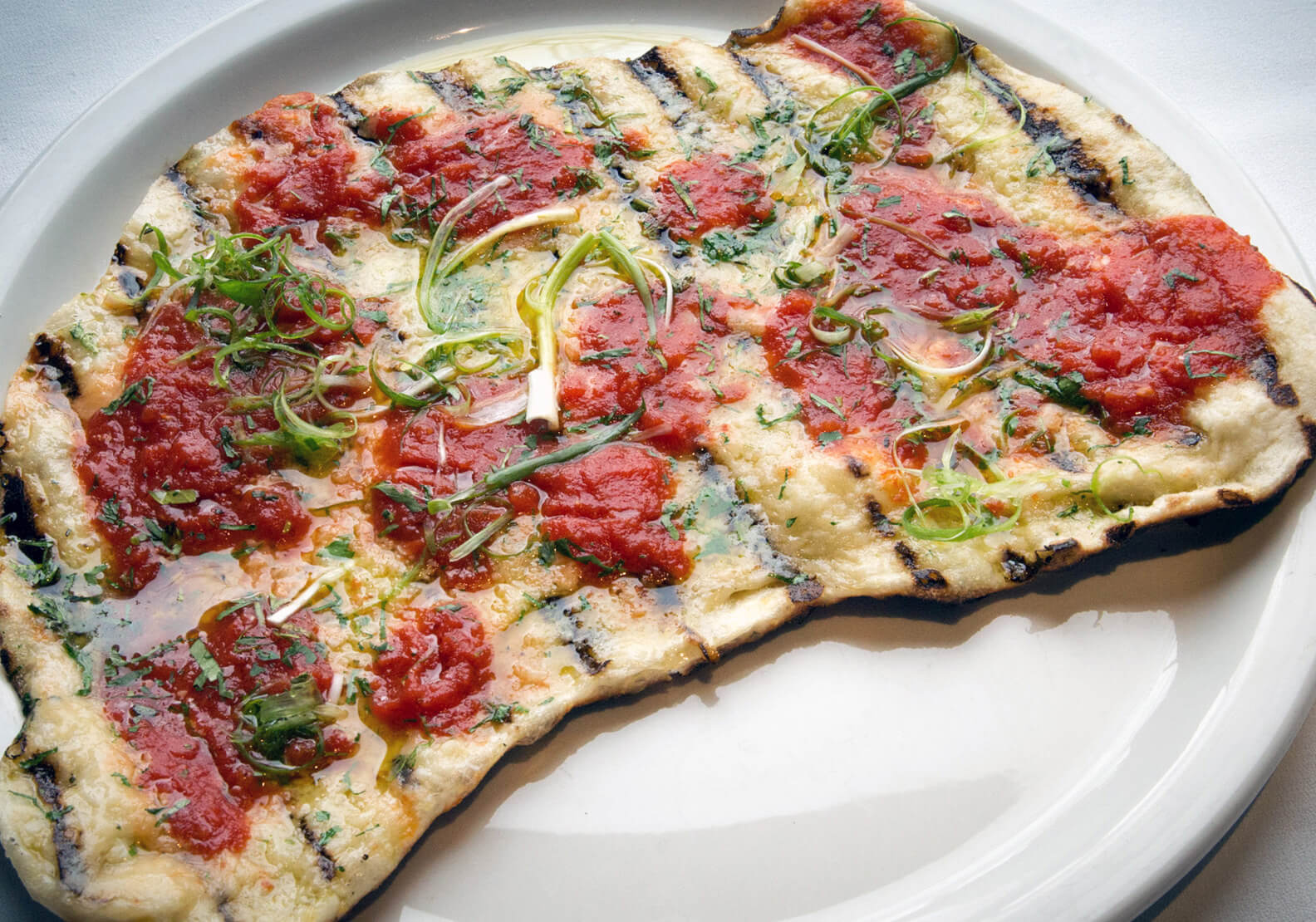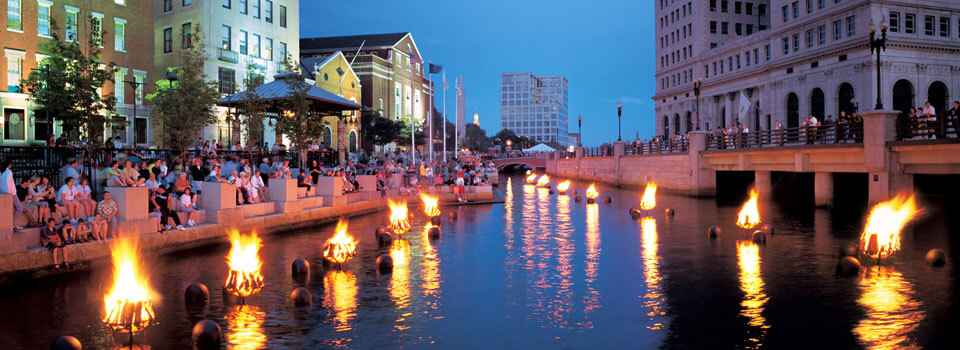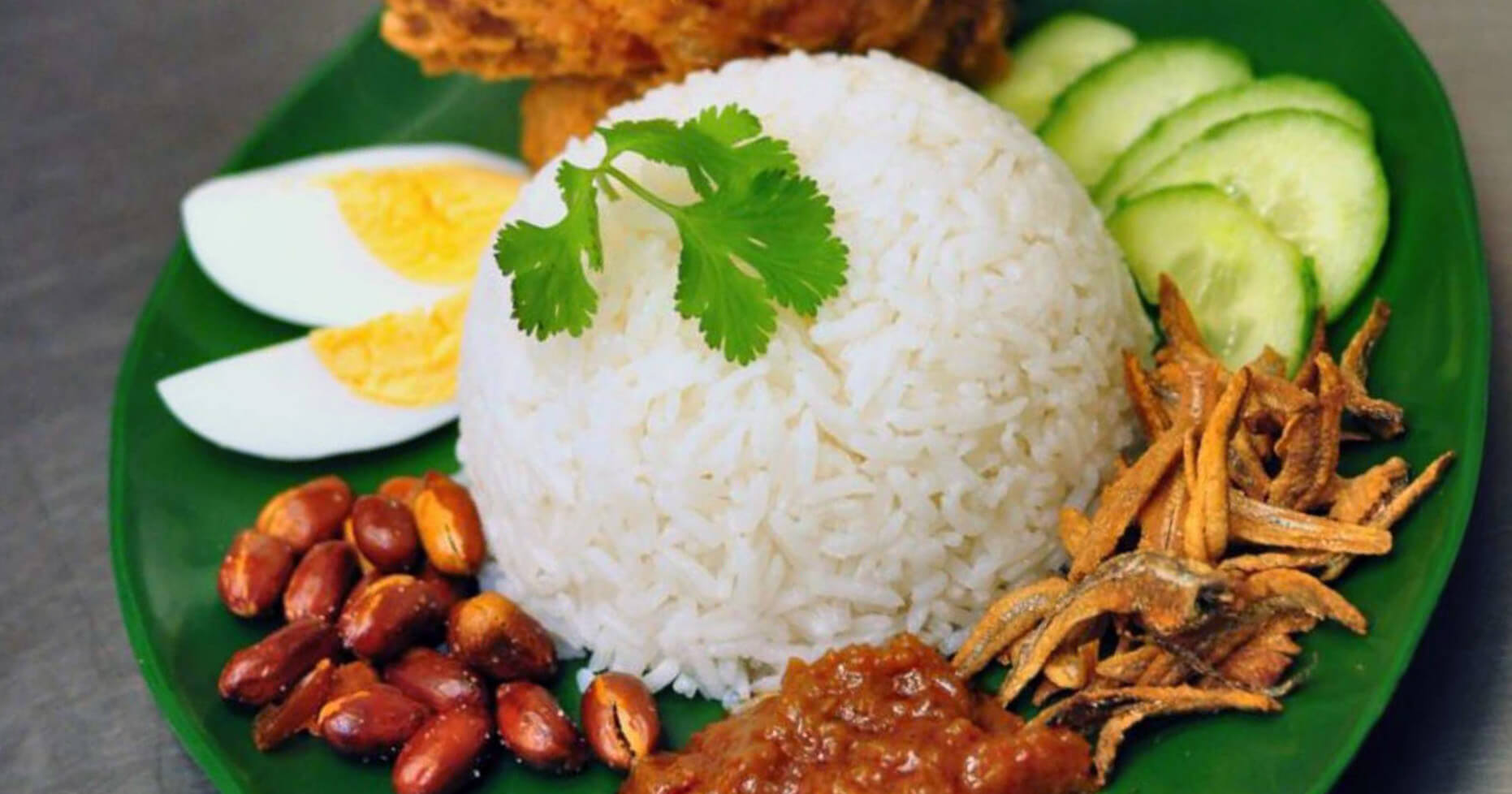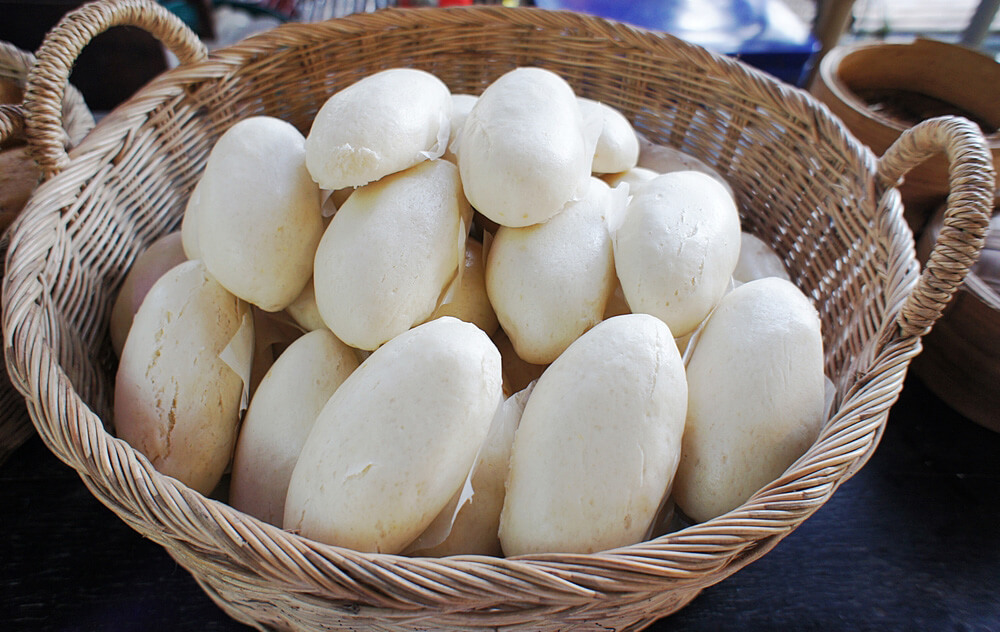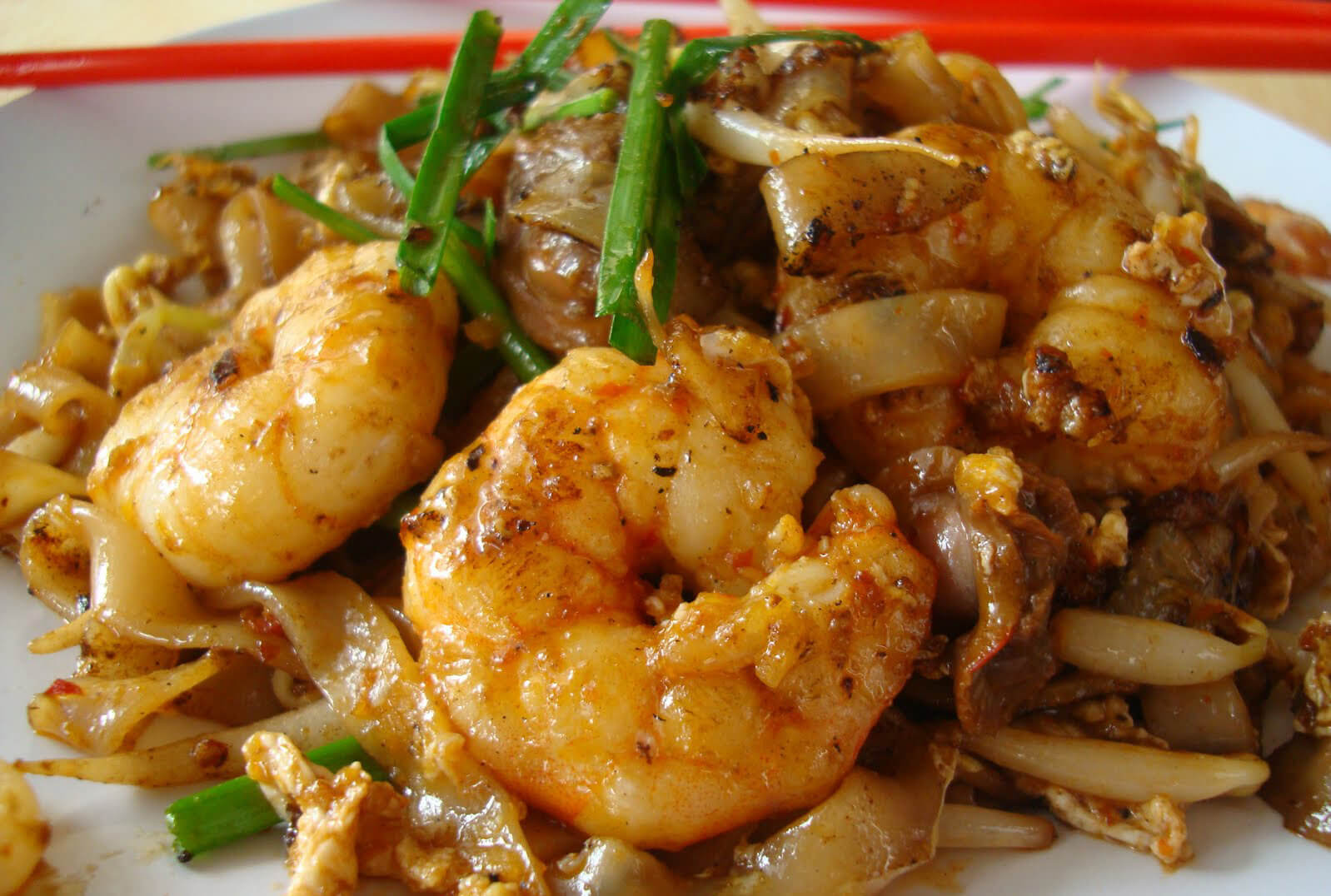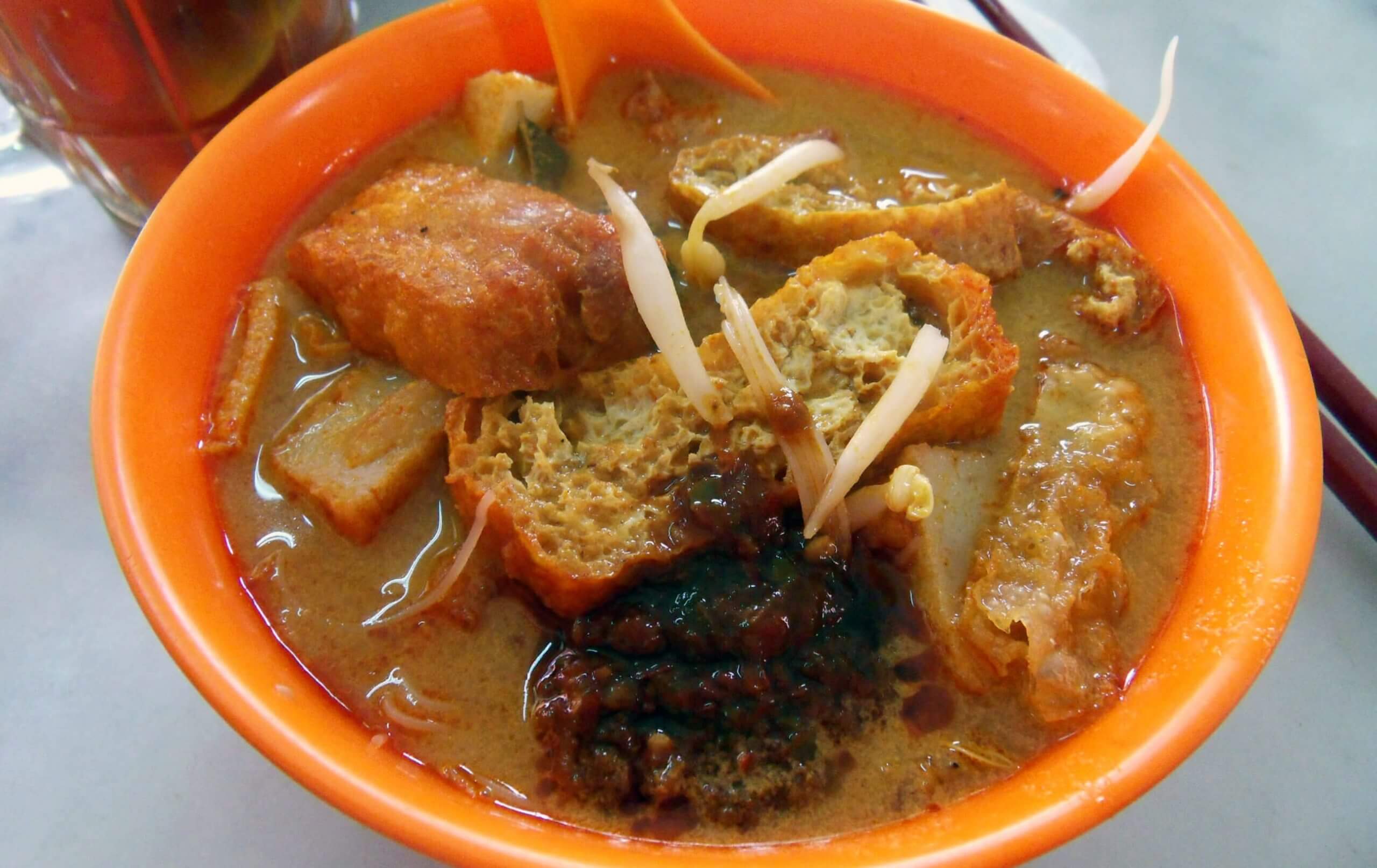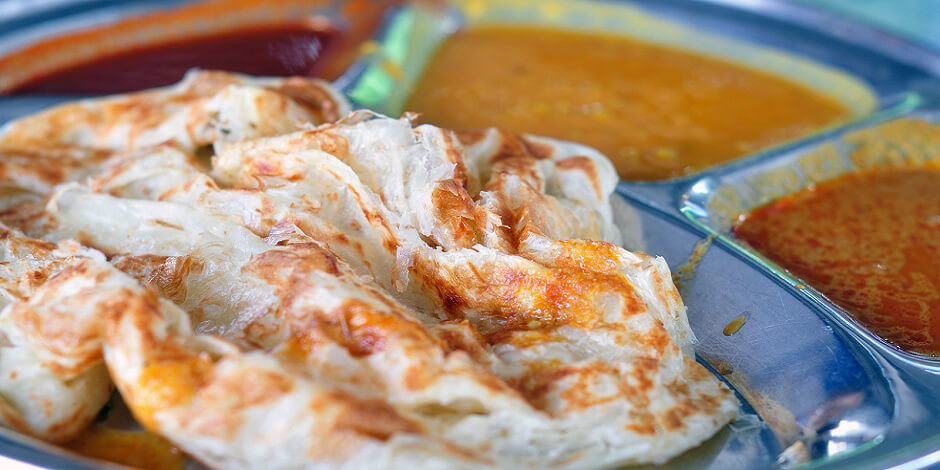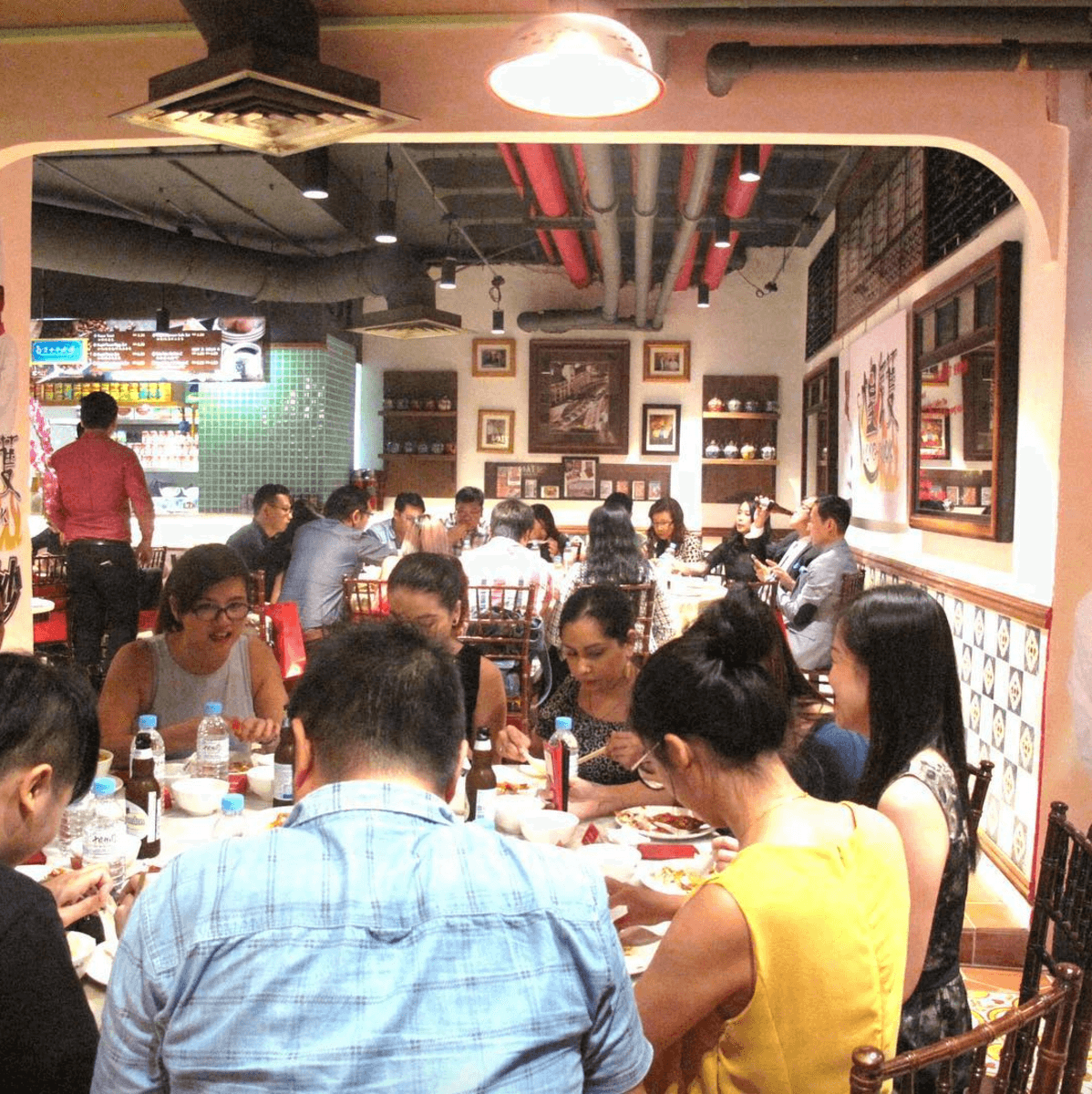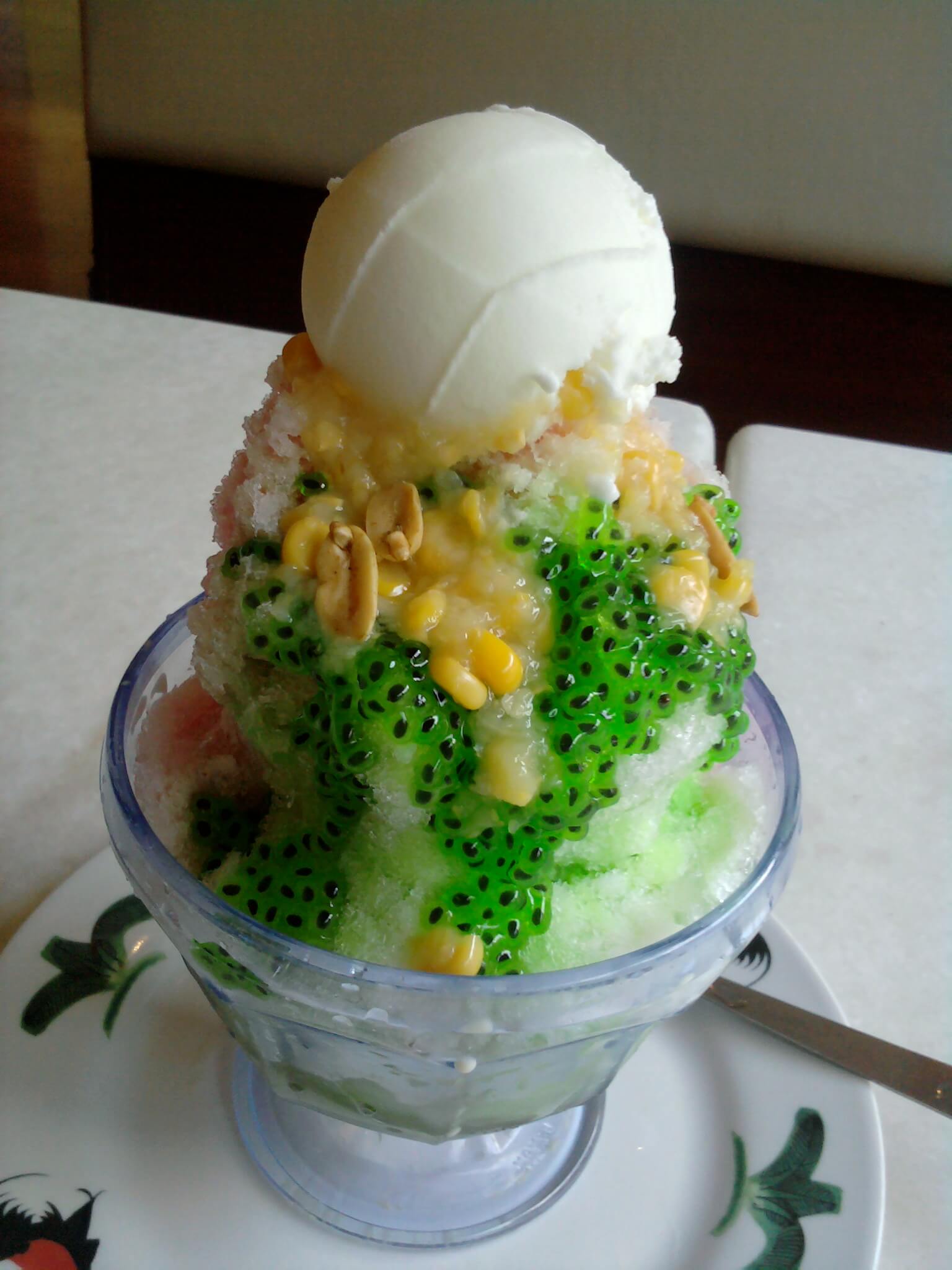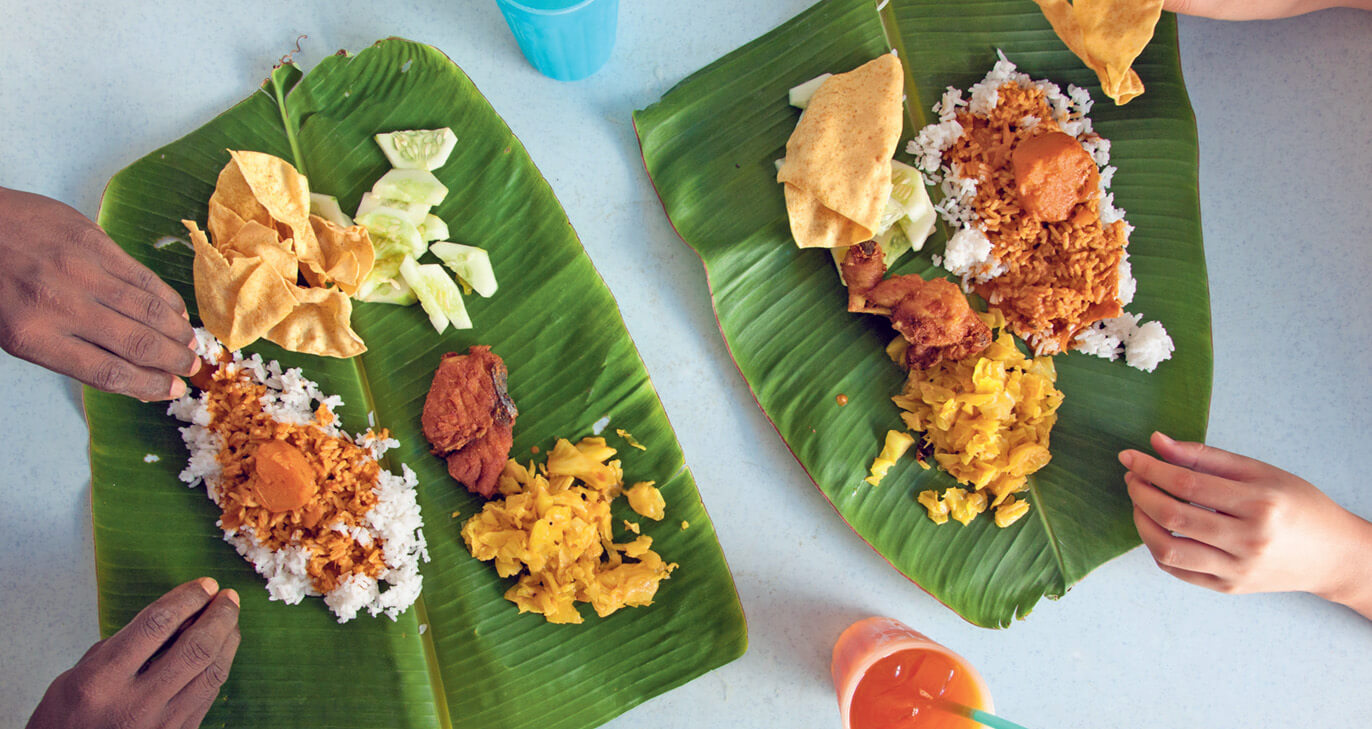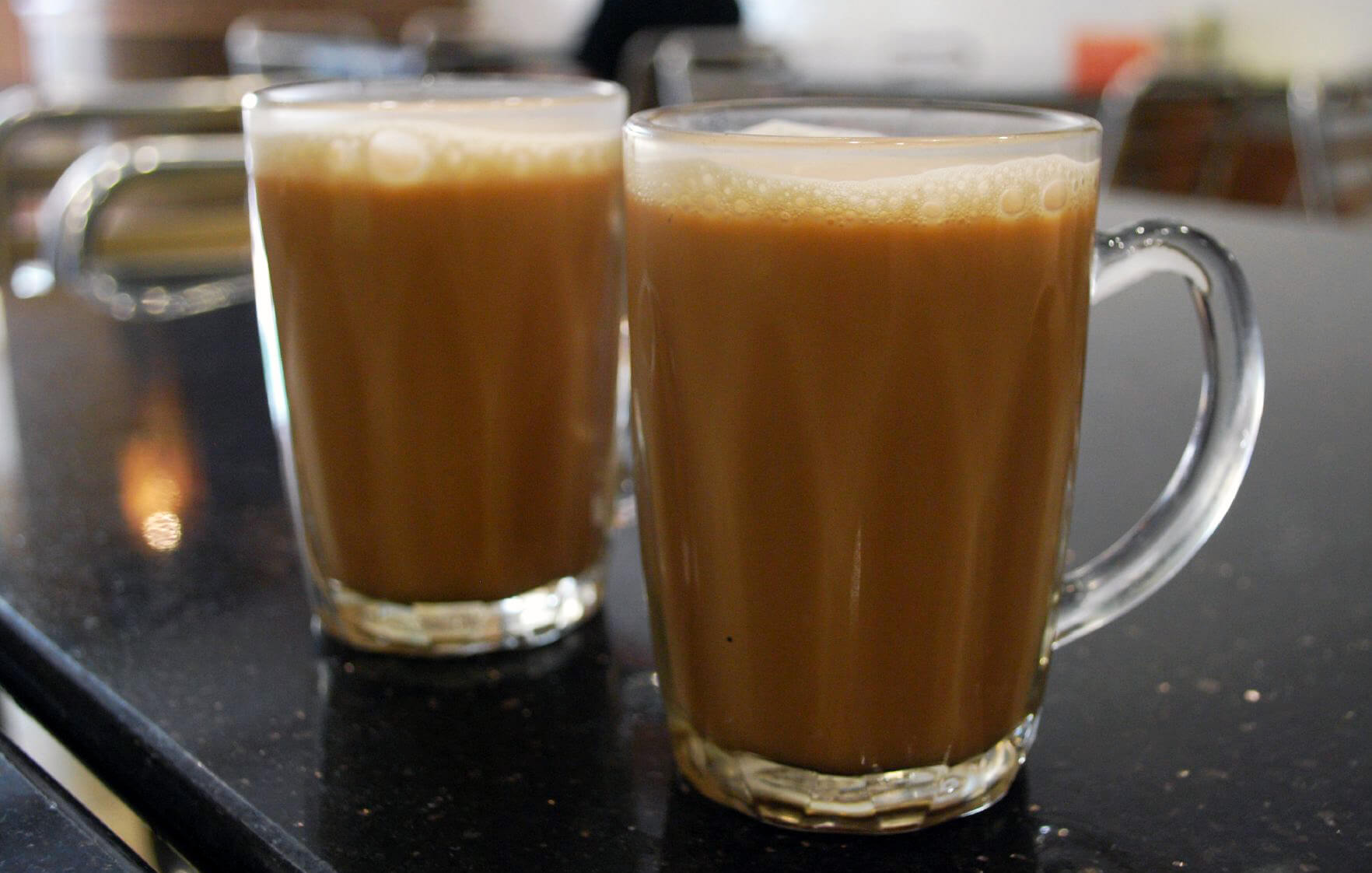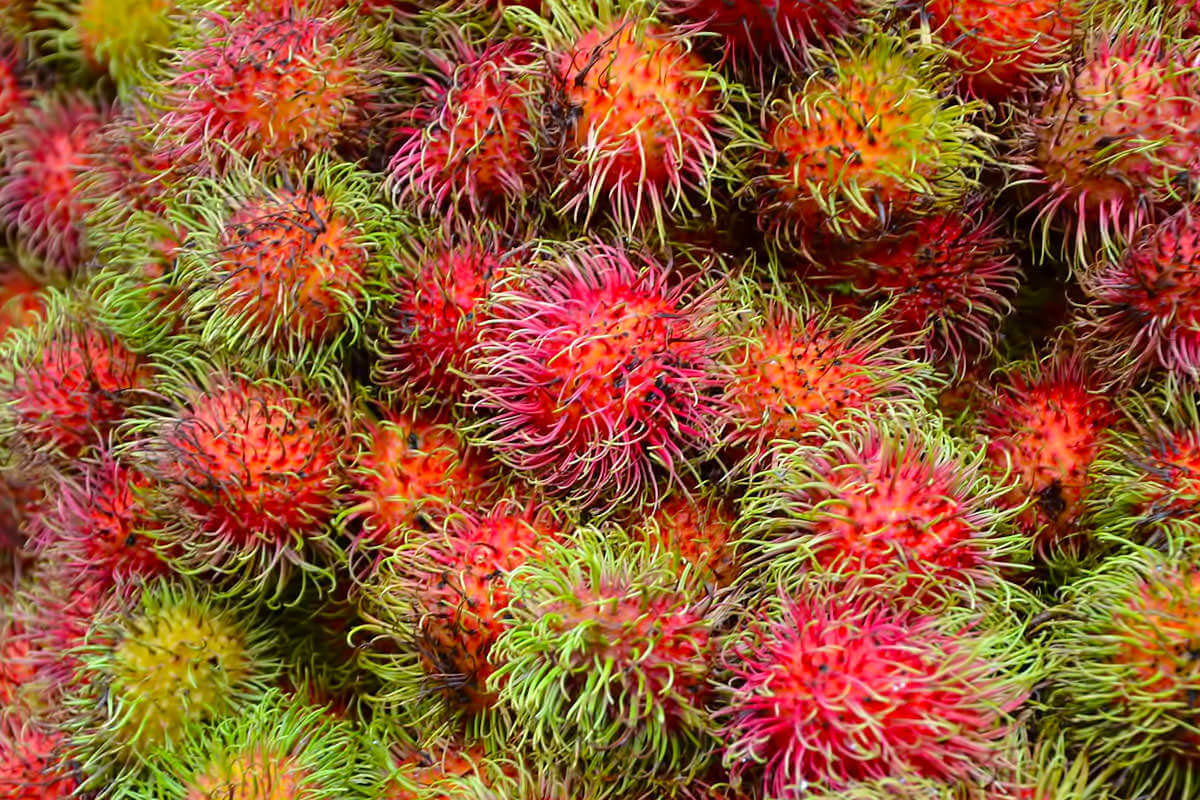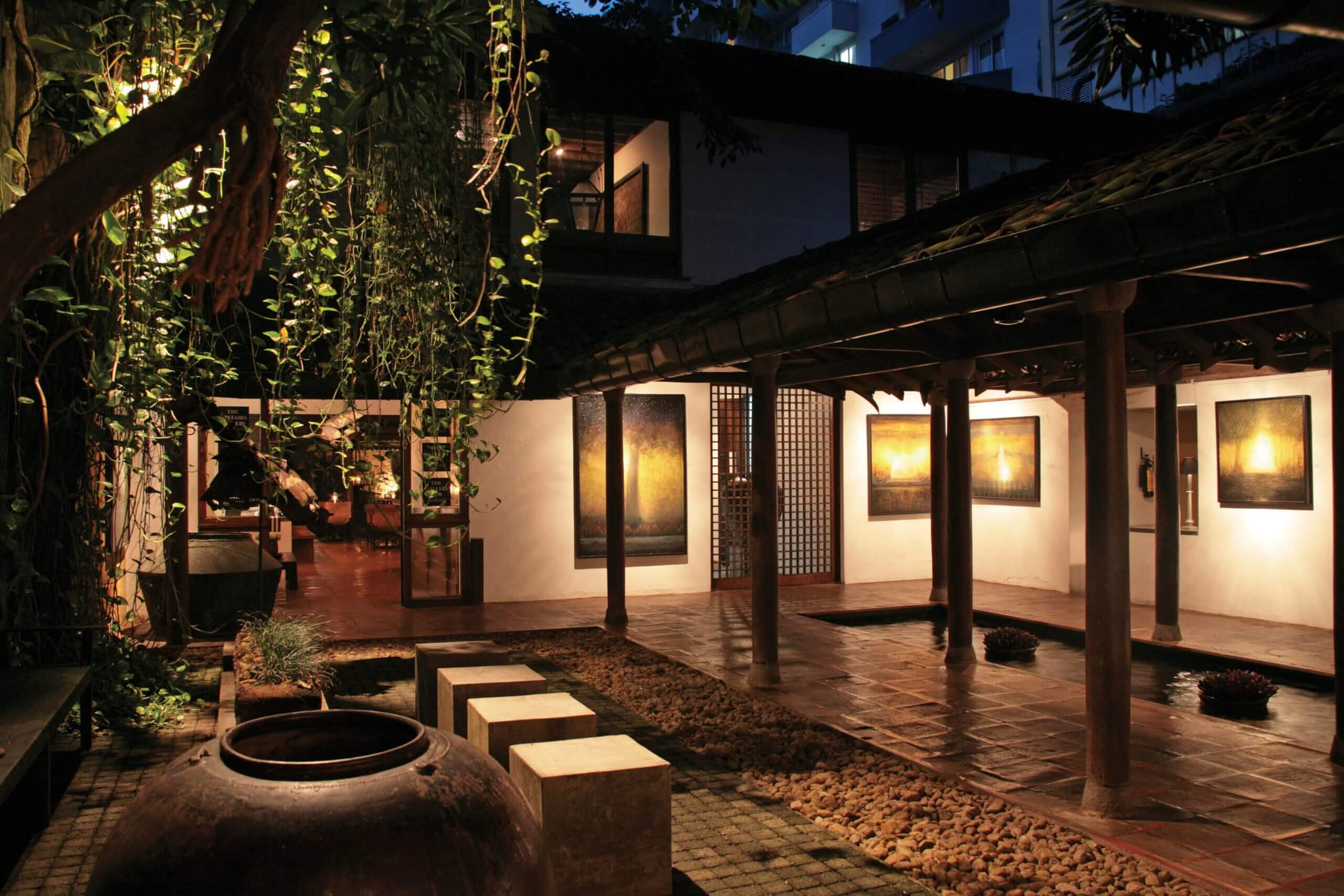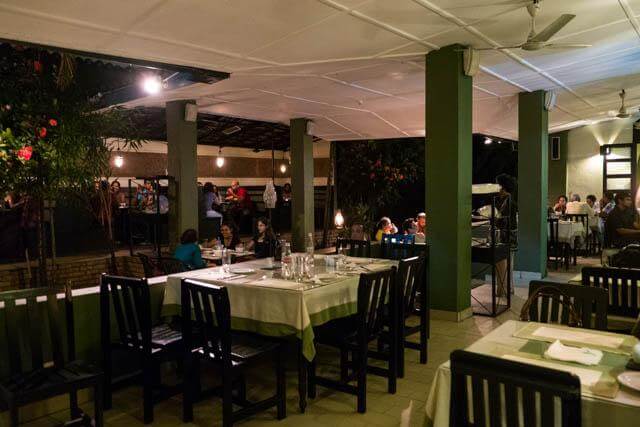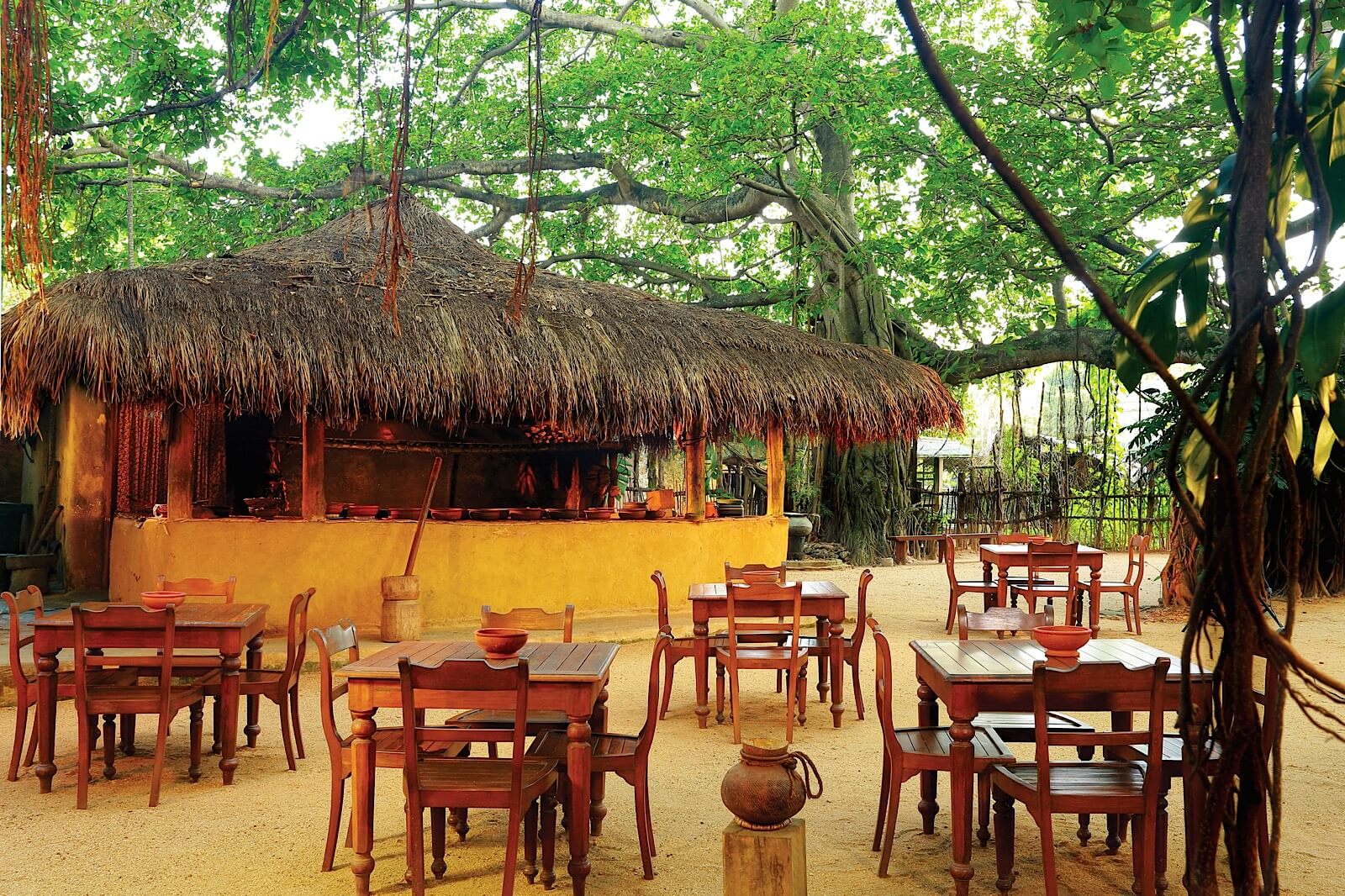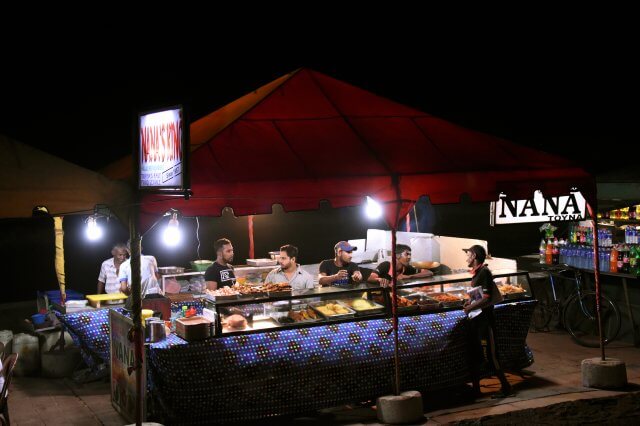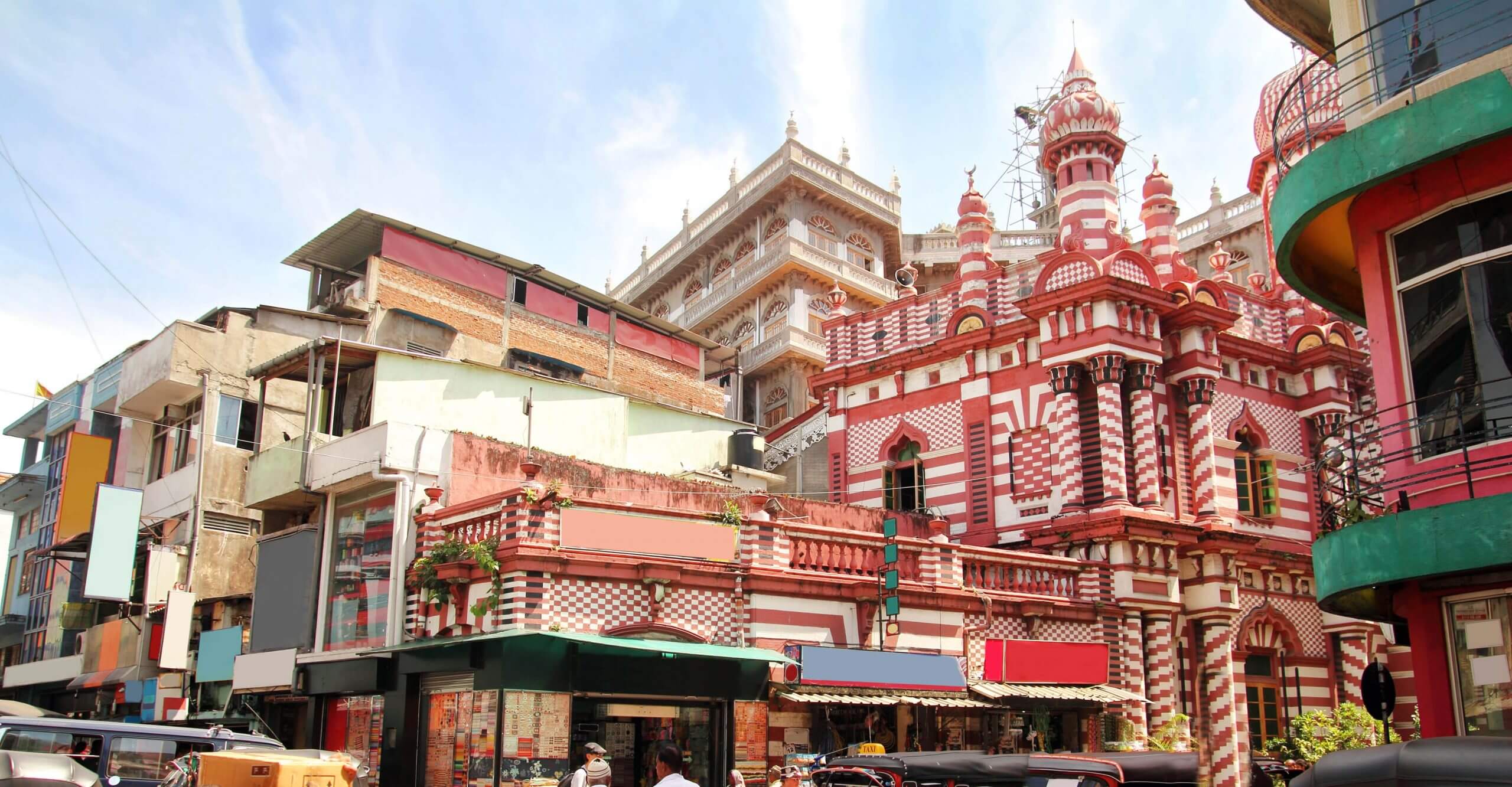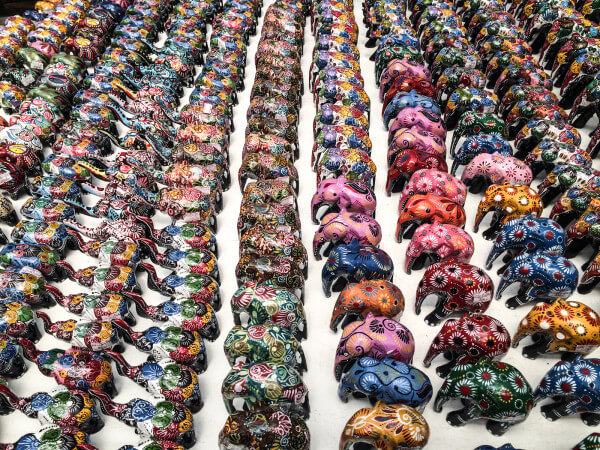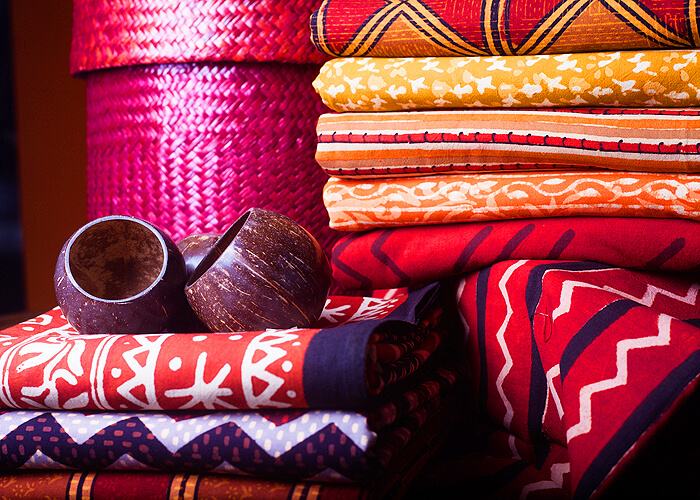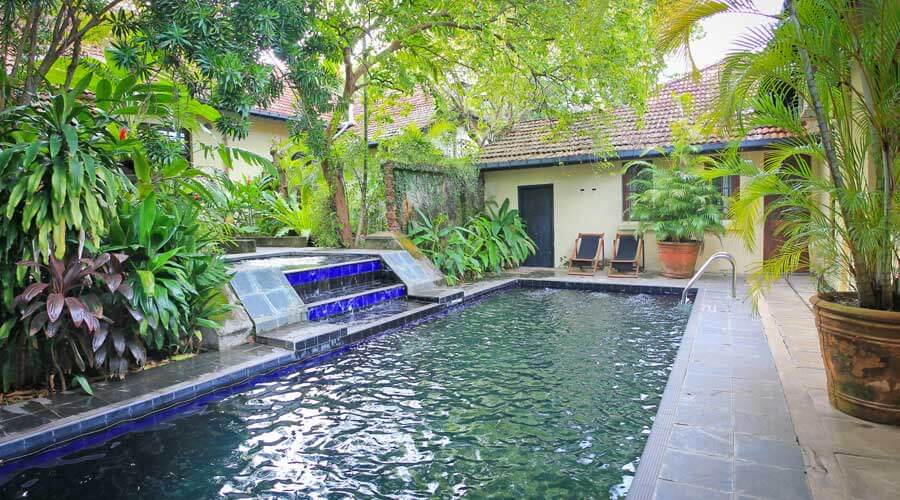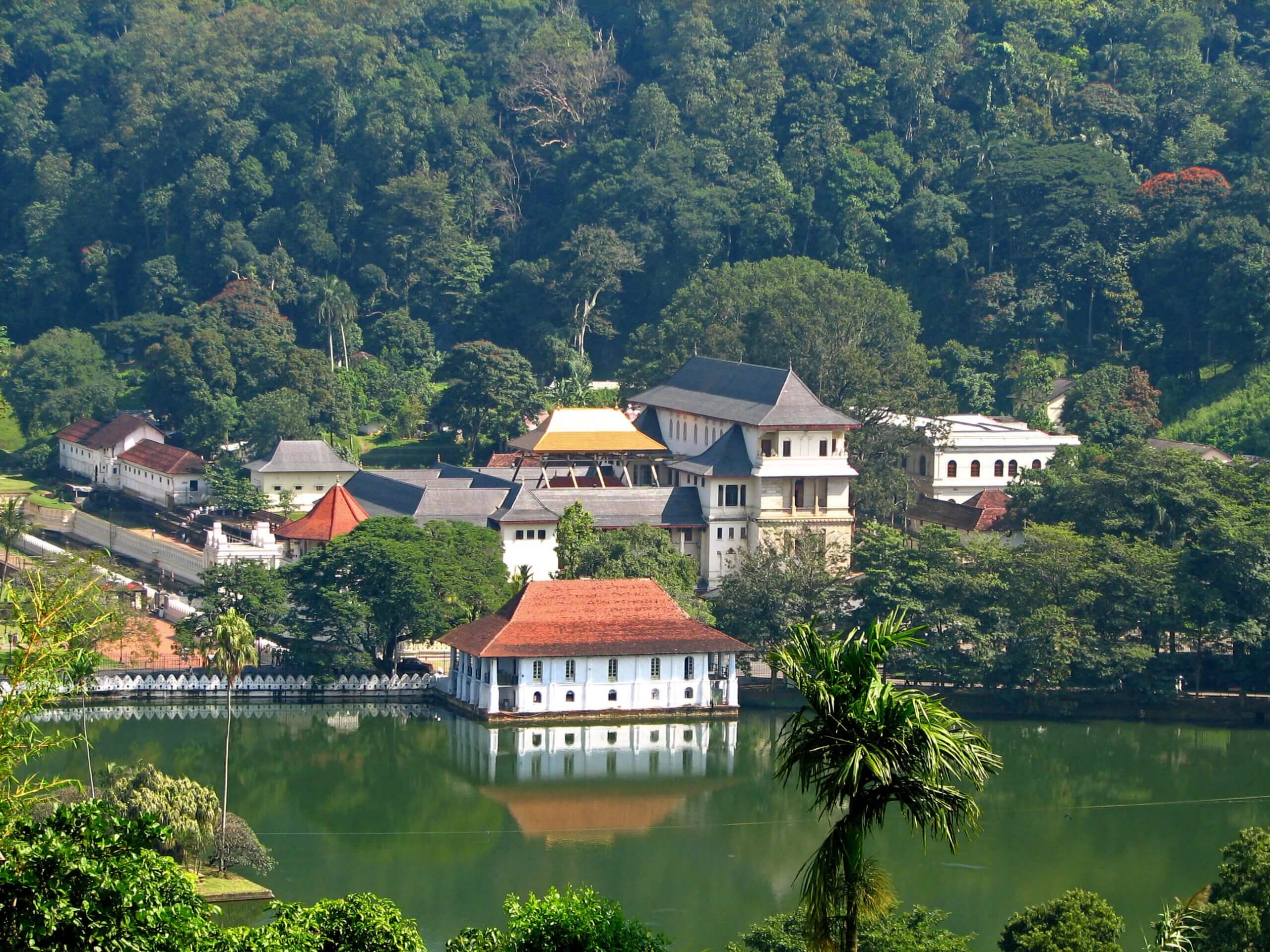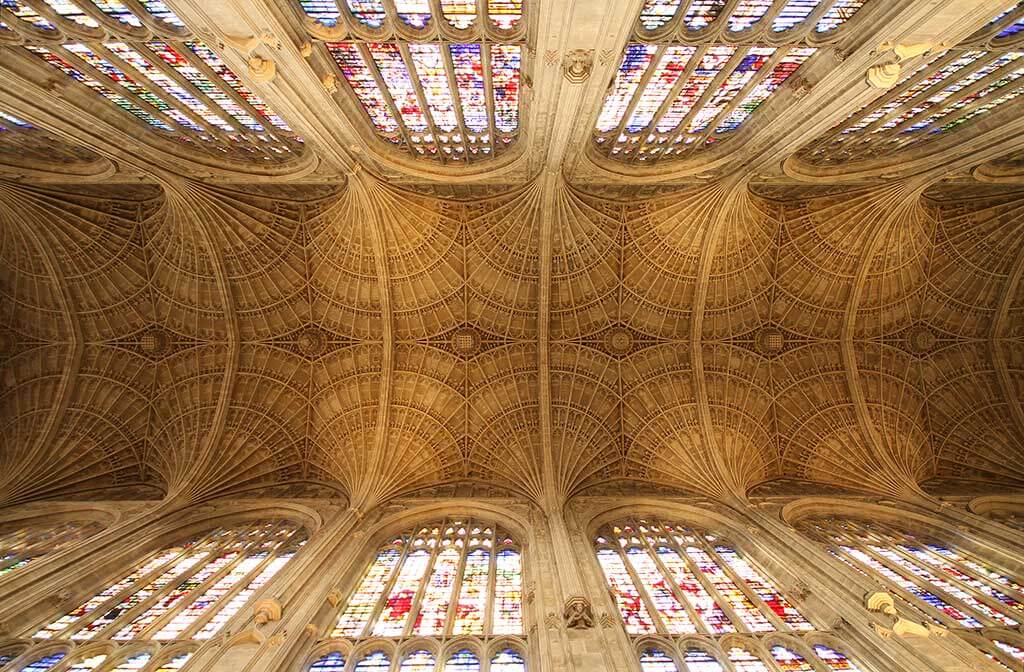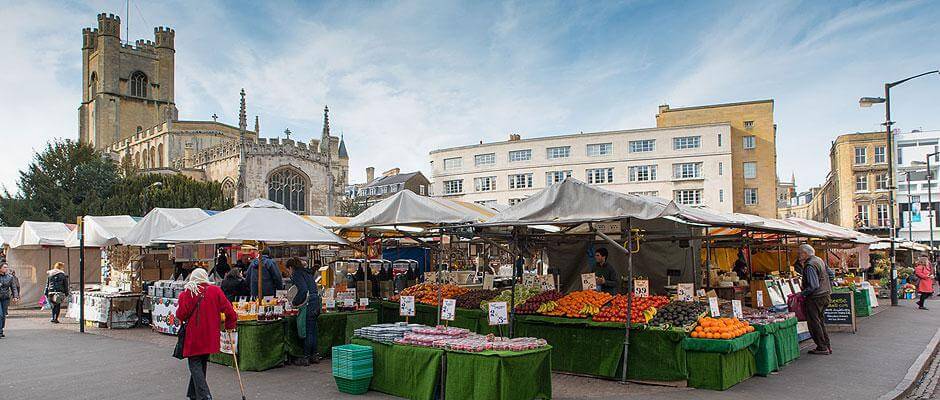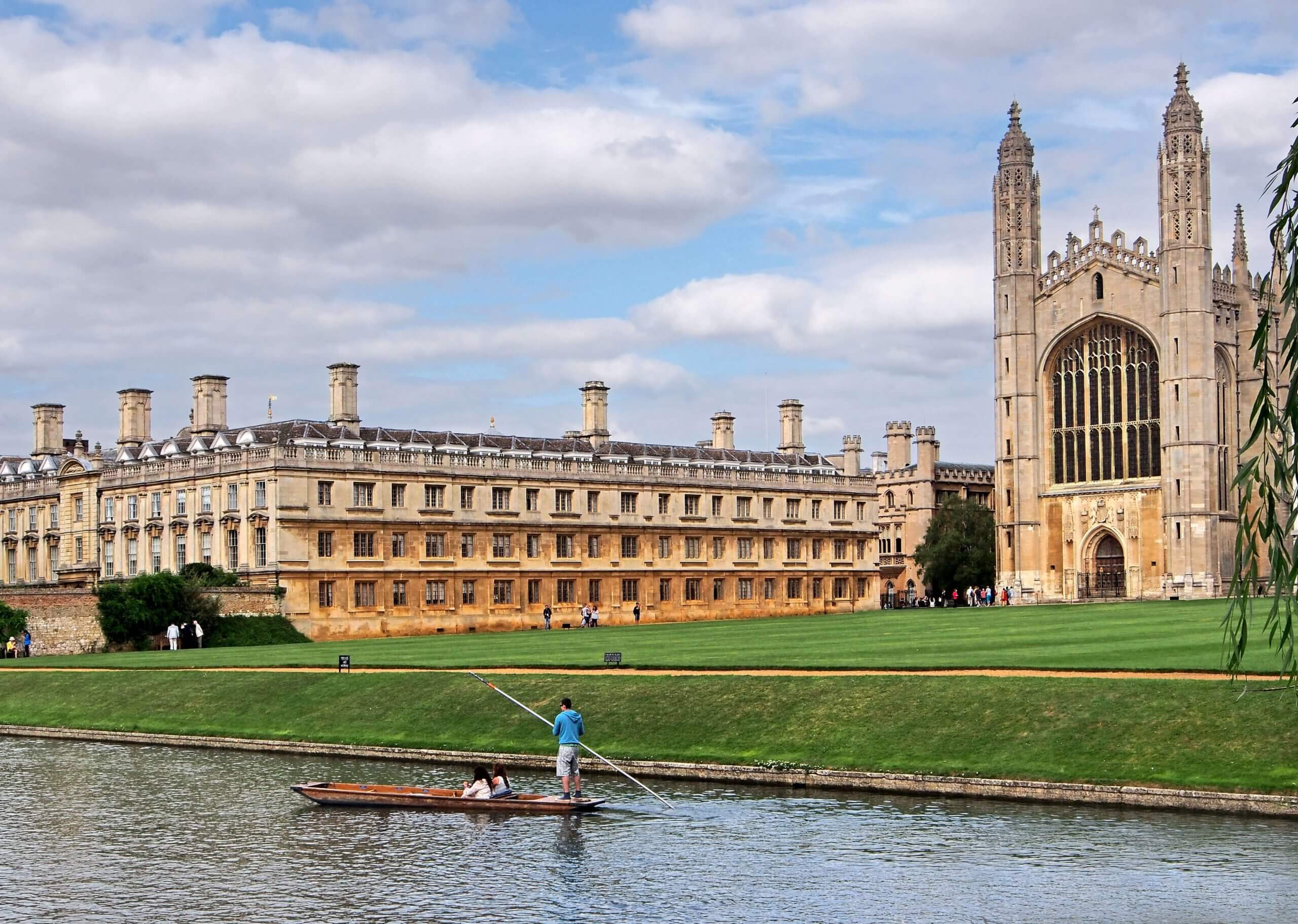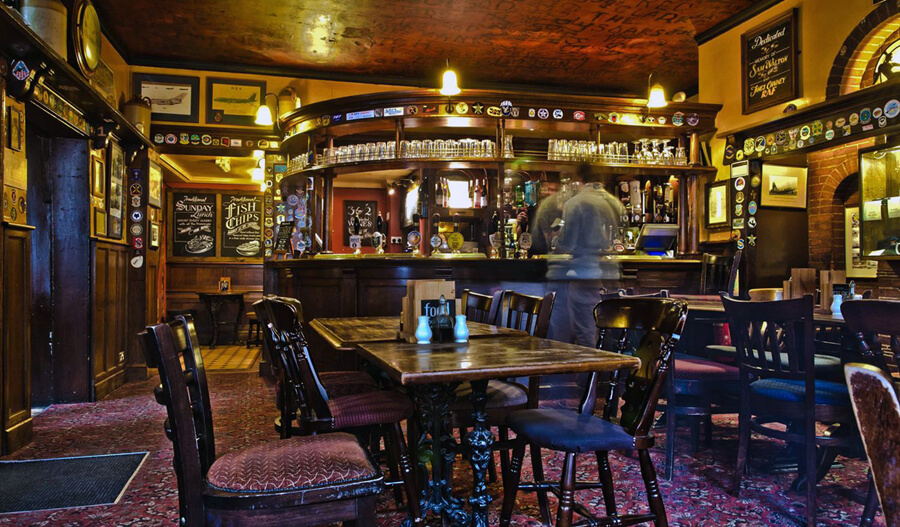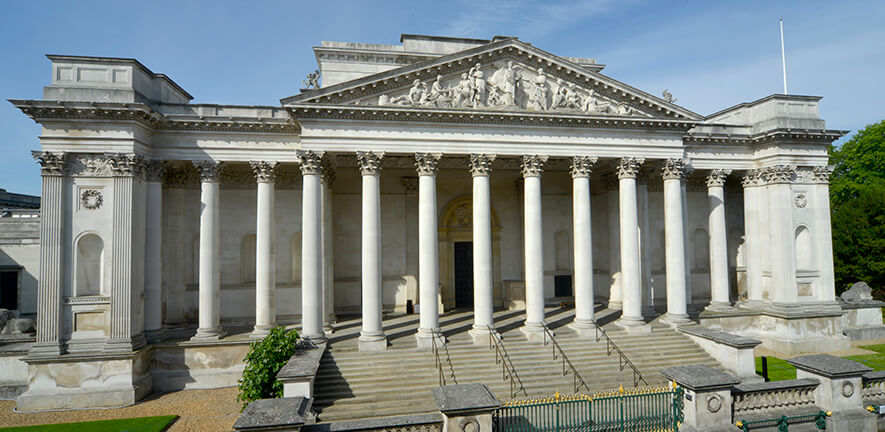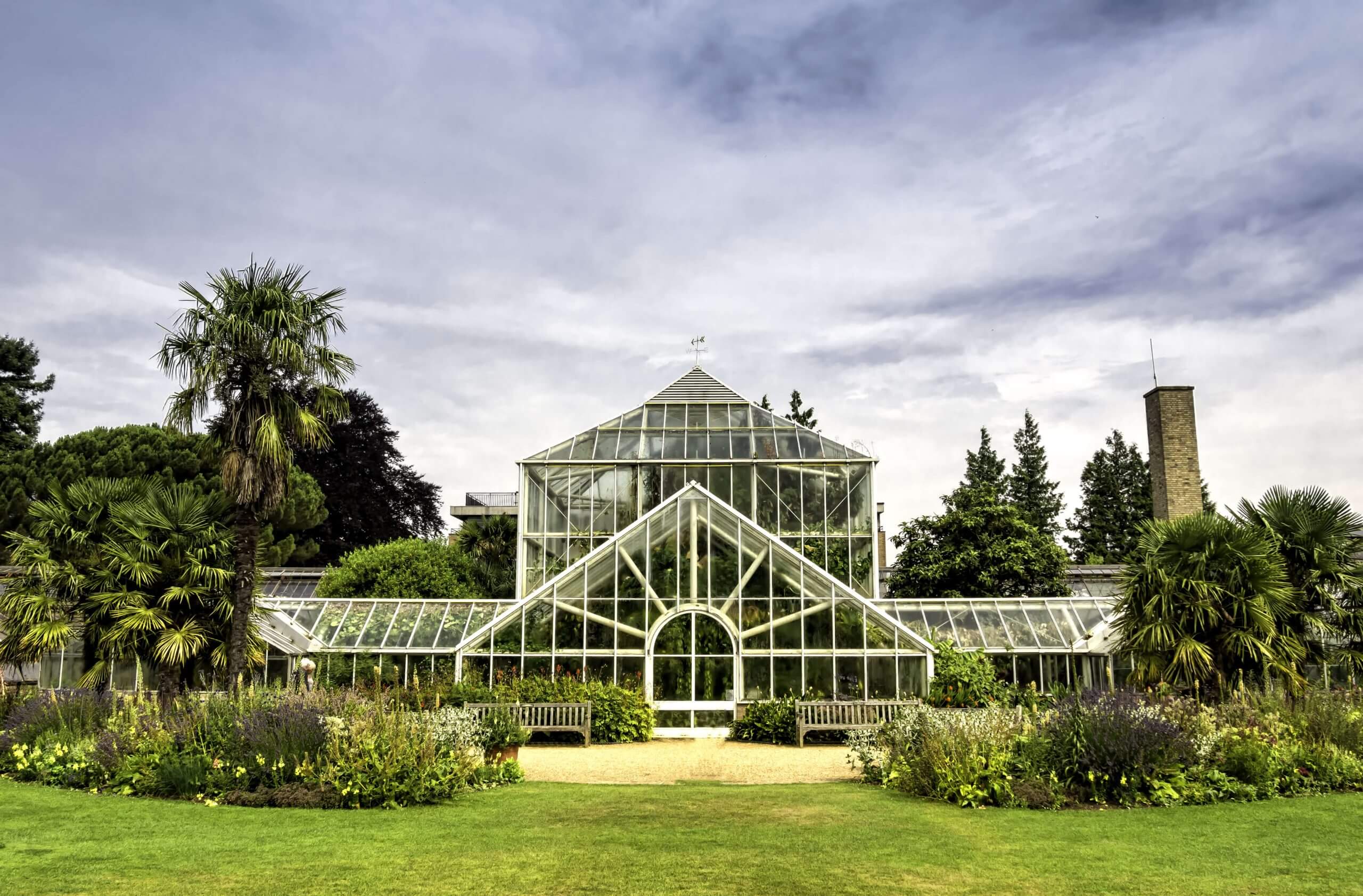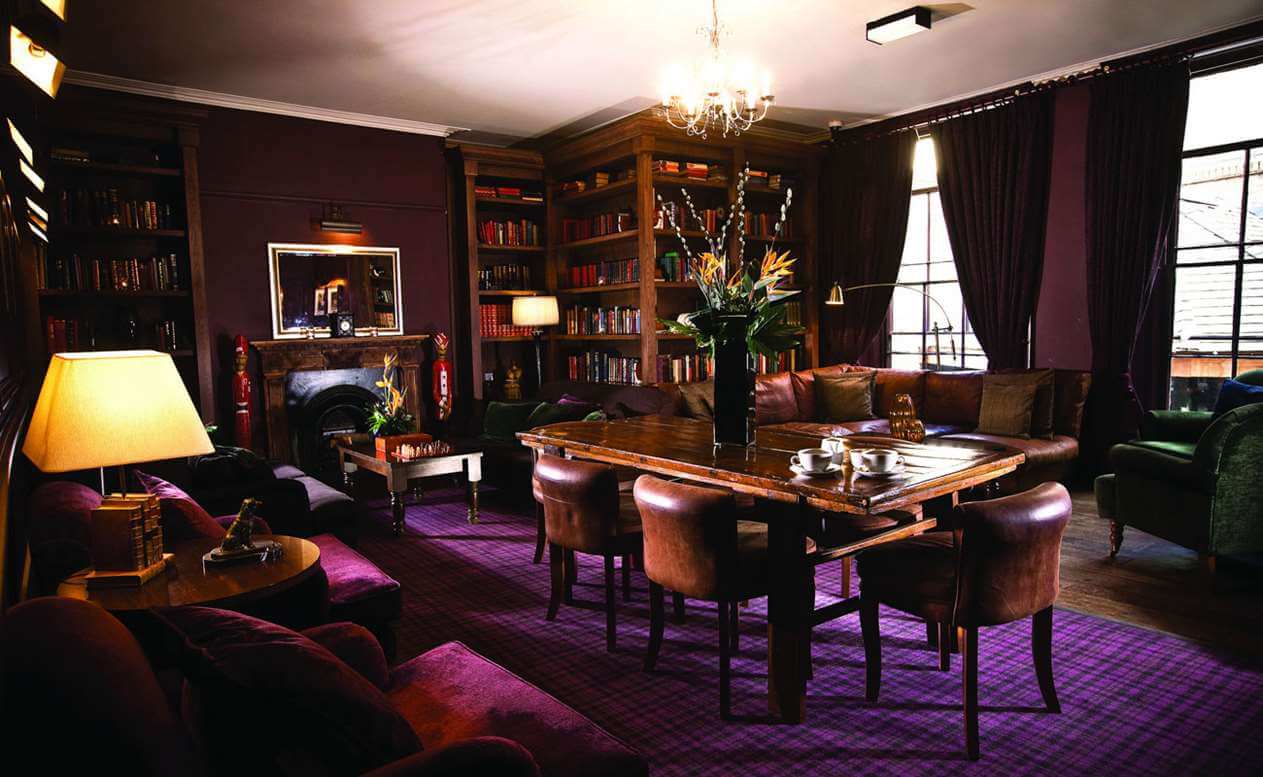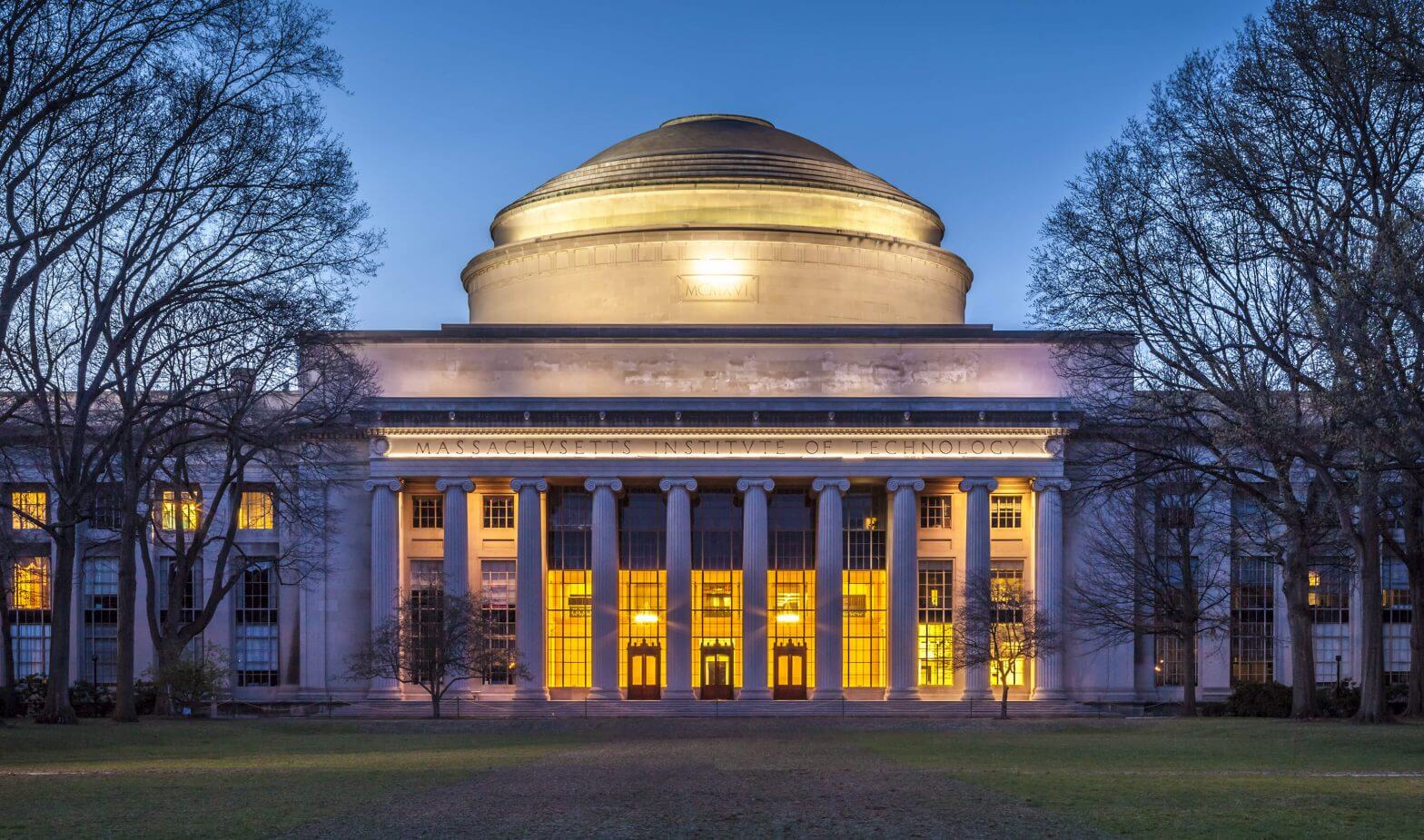
Though best known for its world-class universities, Cambridge, Massachusetts has so much more to offer than academia. With its historic museums, scenic riverside views and outdoor spaces, delicious restaurants and vibrant arts scene, Boston’s crunchy, quirky neighbor is worth a visit. So, what to do with a weekend in Cambridge?
Start your weekend right at Crema Café in Harvard Square — a hugely popular spot with delicious coffee, pastries and a range of breakfast options.
Next, take a stroll around Harvard Square, a busy shopping area with a student vibe. At the south end of the Square, visit the scenic Charles River. The Weeks Footbridge is a particularly nice spot to take it all in.
A little ways outside of the main campus you’ll find the Harvard Museum of Natural History, a quirky hidden gem tucked behind the chemistry labs. It’s worth a quick stop inside to at least check out the internationally acclaimed glass flower exhibit: an incredible collection of over 4,000 antique, lifelike flowers, fruits and plants hand-crafted from glass. If you’re in a museum mood, Harvard has several great ones to offer in addition to HMNH. The Harvard Art Museums, encompassing three smaller museums in a single complex, are personal favorites.
Glass flowers at the Harvard Museum of Natural History
Tatte Café in Harvard Square is your destination for lunch. With several locations around Cambridge and Boston, this bakery and cafe offers delicious salads, sandwiches and baked goods. The grilled halloumi salad is tough to beat.
Head towards the famed Massachusetts Institute of Technology (MIT). It’s an easy T ride away (that’s Massachusetts for “subway”), or get in the Cambridge spirit and grab a bike from the Hubway bike-share service ($6 for a day-pass). Duck into the MIT Museum for quirky science exhibits and great gifts for the nerd in your life. Don’t miss the Hall of Hacks, where you’ll learn about MIT students’ elaborate pranks through the ages.
Then, go check out one of the more famous hacks: the Harvard Bridge spanning the Charles River, measured and marked in “Smoots,” a nonstandard unit of measurement that corresponded to the height of MIT freshman Oliver Smoot in 1958. (He repeatedly lay down all the way across the bridge while his fraternity brothers marked out the measurements; the bridge came to 364.4 smoots, plus or minus one ear — leave it to MIT students to include the margin of error).
Need a costume or a quirky wardrobe reboot? The Garment District / Dollar-A-Pound, a legendary Cambridge “Alternative Department Store,” is the place for you: the ground floor is an actual pile of second-hand clothes, shoes, accessories and other treasures you never knew you needed that costs one dollar per pound; upstairs is a sizeable store offering vintage, second-hand and new items in a more traditional format (i.e. the clothes are on hangers).
Not in the mood to shop? Take a detour to the Taza Chocolate factory store, a very bikeable and not un-walkable trip from the MIT area (technically just over the border in the town of Somerville) and a must-visit for chocolate-lovers. Tour their facilities, learn about their sustainable chocolate production processes and, most importantly, sample their terrific stone-ground chocolate products to your heart’s content.
Taza Chocolate factory store
Make your way to Central Square: an official Massachusetts State Cultural District, this is a neighborhood filled with character and known for its ethnic restaurants, bars, live music and theater. There are lots of great dinner options up and down Massachusetts Ave. Dosa Factory — tucked in the back of an Indian grocery store — offers delicious South Indian dosas (lentil crepes) in a no-frills setting (the roasted eggplant is seriously good). Up Mass Ave a little ways towards Harvard Square is Dumpling House, a Chinese joint hugely popular with locals. Or embrace the Cambridge ethos at Life Alive veggie/vegan café in the heart of Central Square; trust me, you don’t have to be vegetarian or vegan to enjoy your meal there.
After dinner, hit up ImprovBoston, improvisational theater right in the heart of the Square. Head to Brick & Mortar before or after the show for terrific, creative cocktails in a sleek, hidden upstairs space. In the mood for something else instead? Make your way back to Harvard Square for a milkshake or beer and a round of pool in Tasty Burger’s basement bar. If it’s live music you’re after, head around the corner to Beat Hotel, a bohemian venue offering live jazz, blues, R&B and other genres.
Kick off Day 2 with a delicious Middle Eastern brunch at Sofra, right on the edge of Cambridge but definitely worth the trip (on the 71/73 bus route or an easy bike ride). Go on the early side or be prepared to wait — it gets pretty packed on the weekends, a testament to its deliciousness.
Head a few blocks east to Mount Auburn Cemetery — the first landscape-designed cemetery in the country. This National Historic Landmark, complete with scenic walking paths and a tower with great views of Cambridge and Boston, is an oasis of calm worth exploring. Birdwatchers will be delighted by mergansers, wood ducks, warblers, and a host of other avian visitors. History buffs flocked to the cemetery for the chance to visit the gravesites of a number of famous individuals, including famed American poet Henry Wadsworth Longfellow, Christian Science founder Mary Baker Eddy, and antislavery politician Charles Sumner.
Washington Tower, Mount Auburn Cemetery
Make your way back towards Harvard Square and take part in one of Greater Boston’s favorite and most serious pastimes: eating ice cream. Even in a blizzard, you’ll find ice cream stores across the region not only open but busy. Get in on the ritual at J.P. Licks in Harvard Square, one of the top ice cream spots in the area.
Check out some of the Cambridge arts scene next. Head to a show at Club Passim, a well-known folk music club with a laid-back vibe, featuring local musicians; check out the Cambridge Artists Cooperative Gallery; or see what’s on at the Harvard Film Archive, which screens films Friday through Monday on a wide range of themes.
Head for dinner at Night Market, a hip underground space serving up Asian street food. If you’re in the mood for somewhere with less graffiti, The Red House is another top choice, offering a diverse farm-to-table menu in a converted historic house.
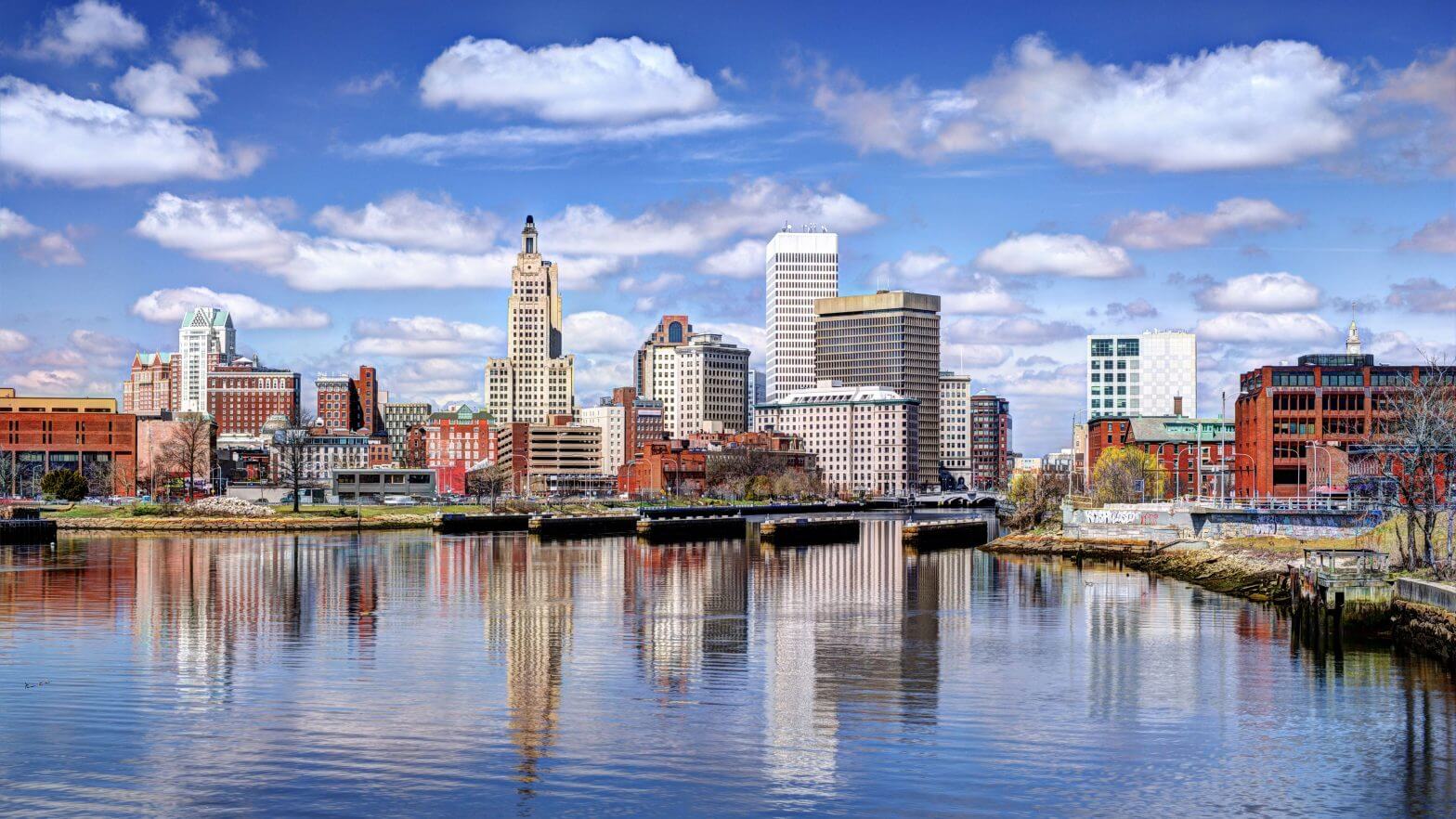
An easy train-ride from Boston, historic Providence, Rhode Island offers a laid-back New England vibe, good food and lots of history. The city is also a great base for exploring the lovely beaches, delicious seafood and charming towns that this tiny seaside state has to offer. Enjoy an easy getaway to Providence or combine your time in the capital with a trip to the historic Newport Mansions, peaceful Narragansett Bay or the stunning Mohegan Bluffs.
Whether you’re just in Rhode Island for the day or kicking off a longer trip, start your visit right at Duck and Bunny creperie and tea room on Wickenden Street, a true Providence gem serving up brunch every day from 10-4 and an all-day afternoon tea in a charming, historic house. Those with a sweet tooth won’t be disappointed by their delectable cupcakes.
Next, make your way to the The Rhode Island School of Design (RISD) Museum, showcasing the collections of one of the top art and design schools in the country. Home to more than 100,000 objects representing millennia of human art and design history, the RISD Museum offers acclaimed exhibitions and a range of public programs for people of all ages. Don’t forget to check out the museum store — RISD Works — where you’ll find unique works of art and handicrafts by the school’s alumni and faculty.
Head a few streets over to Brown University, where you’ll enjoy a quintessential New England university vibe among the historic brick buildings, scenic green spaces and monuments. Grab a map of campus at the Campus Center, 75 Waterman Street. The John Carter Brown Library has interesting historical exhibits drawing on its collection of 50,000 rare books, manuscripts and secondary sources. One of the university’s best kept secrets, the Plant Environment Center’s Conservatory at 85 Waterman Street is a hidden jungle of exotic plants and flowers that welcomes “artists, gardeners, tinkerers, dreamers, readers, thinkers, general plant lovers, and green and brown thumbs” to visit between 7:30 and 3:30 every day.
John Carter Brown Library
Relax with a picnic on the Main Green surrounded by the University’s most historic structures — buildings like University Hall, which served as a barracks and hospital during the Revolutionary War. If it’s a sunny day during the academic year, you’ll likely be joined on the Green by dozens of students reading, tossing a frisbee or just relaxing. Grab some grub for your picnic on nearby Thayer Street, the main shopping street near campus and a student hub for quick, affordable eats. East Side Pockets is a local favorite, serving up delicious, quick middle eastern dishes. Try the falafel sandwich — you won’t be disappointed.
Main Green with University Hall
Explore the historic John Brown House, housed in what President John Quincy Adams described as “the most magnificent and elegant mansion that I have ever seen on this continent.” Perched on a hillside overlooking the river, this magnificent building, built in 1788, was home to one of the wealthiest and most influential families in Rhode Island. Choose between a guided tour or a self-guided audio tour.
Visit historic Federal Hill, known as Providence’s Little Italy and the “Heartbeat of Providence.” Stroll cobbled streets, shop quaint boutiques and treat yourself to award-winning Italian food at one of the top restaurants in the neighborhood like Al Forno known for its pizza, or Siena Restaurant, where the flavors of New England merge with the tastes of Tuscany.
Head back down the hill to take a stroll by the Providence River and enjoy a view of the illuminated State House on your way down.
If you’re in town between April and December, try and time your visit around a WaterFire event — a famous annual Providence tradition. Every two weeks or so, braziers in the middle of the Providence River are filled with dramatic bonfires. During WaterFire, the surrounding Waterplace Park and Riverwalk host an arts and music festival along the banks of the river.
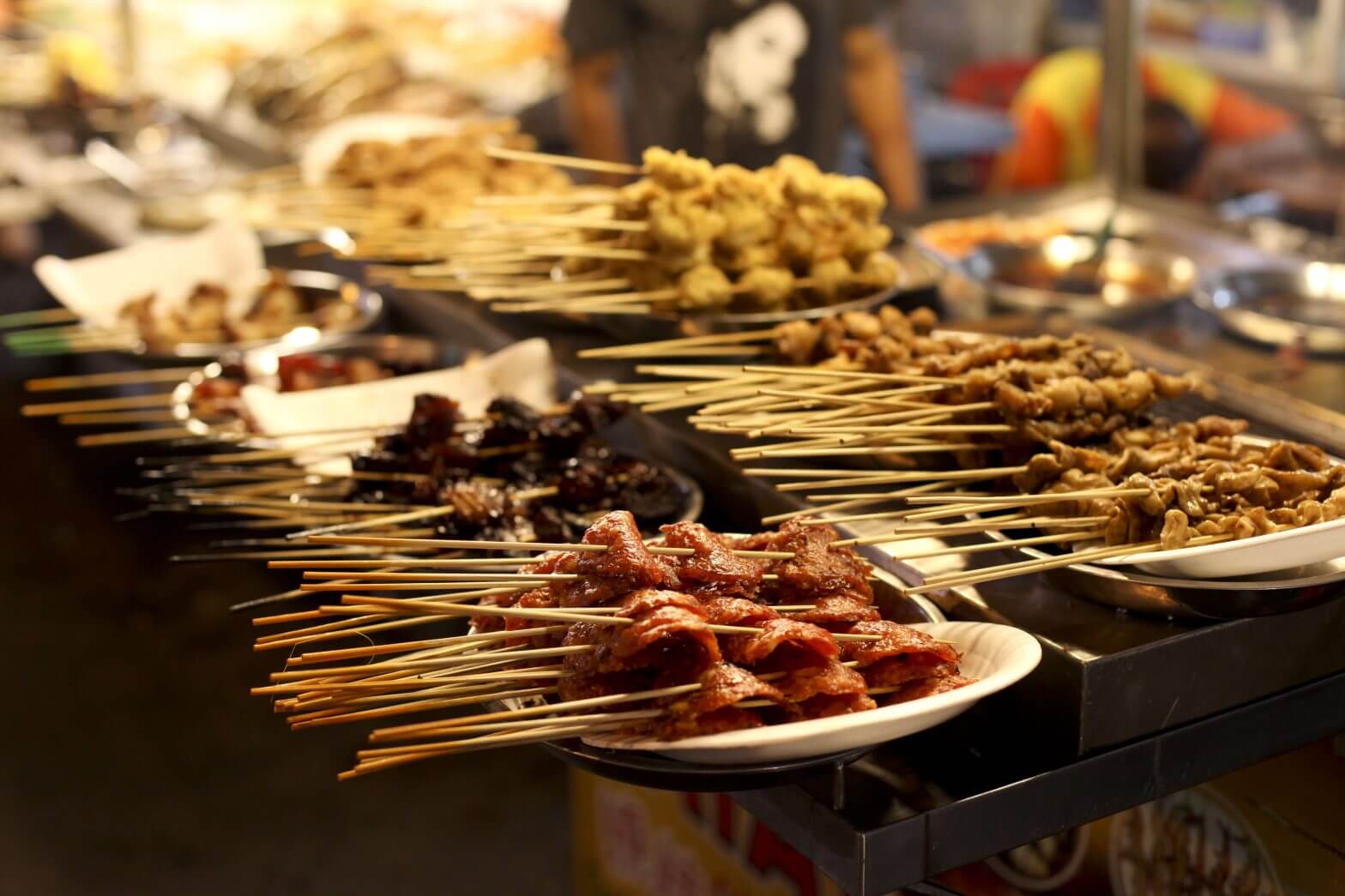
No visit to East Asia is complete without sampling what the street vendors have to offer, and Kuala Lumpur, Malaysia is no exception. Malaysian culture — and by extension, culinary heritage — is a unique blend of Malay, Chinese and Indian influences. In the enormous range of flavors and culinary styles you’ll encounter, you’ll recognize ingredients and elements from elsewhere in Asia, but with a distinct Malaysian twist. And while there are lots of great restaurants in KL, sometimes you’re just in the mood to grab a plastic stool and enjoy street-side barbecue skewers under strings of paper lanterns, join locals under a tarp for a steaming bowl of tangy laksa soup or indulge yourself with a sticky-sweet roti at a buzzing night market. When you are, we’ve got you covered:
Start your day with a serving of nasi lemak, a classic Malaysian dish of rice cooked in coconut milk with anchovies, cucumbers, roasted peanuts, hard boiled egg and spicy sambal sauce, wrapped in a banana leaf. This eclectic breakfast packet makes for a very hearty meal and — perhaps surprisingly — was included in TIME‘s 2016 list of healthiest breakfasts from around the world.
My favorite nasi lemak stall, also hugely popular with locals, is at the corner of Jalan Alor and Changkat Bukit Bintang. Line up early, because it’s gone by noon. Pile on extras of your choice, from eggplant to beef curry to fried fish.
Jalan Alor is a humming street food hotspot, even after the nasi lemak is long gone. The street is crammed with little shops and stalls that welcome a mix of tourists and locals at all times of day, conveniently around the corner from the nightlife on Changkat Bukit Bintang. At night, the street fills up with plastic tables and chairs, transforming into a giant, buzzing outdoor restaurant. Try the shaokao, Chinese-style barbecue cooked street-side. Pick from all sorts of fresh meats, vegetables and seafood, and I’d recommend getting a skewer or two of the mantou (little bread pillows), which go well with everything.
On Wednesday evenings, head to the buzzing Taman Connaught Night Market (also known as Cheras Pasar Malam), where you’ll eat your way along two kilometers of food and goods stalls. You’ll find more than your fill of both classic and creative street food options: curry noodles, barbecued seafood, Malaysian-style savory pancakes, char kuey teow (fried noodles with meat, seafood and vegetables) and numerous other delicious local specialties served up fresh. Brave the line and infamous smell to try the stinky tofu. Pick up some kuih — best explained as bite-sized steamed cakes — or refreshing coconut jelly for dessert.
You can’t leave KL without trying laksa — a classic Malaysian rice-noodle soup available in a range of regional varieties and not for the flavor-shy! Two of the main types you’ll encounter are curry laksa, which has a coconut-milk curry base, and asam laksa, with tangy tamarind and seafood. I can personally vouch for a piping hot bowl of spicy asam laksa as the perfect antidote for getting caught in an afternoon monsoon. Grab a bowl at the Taman Connaught Night Market, duck into a stall on Madras Lane in KL’s Chinatown, off of the main drag Jalan Petaling, or enjoy a bowl under the stars and paper lanterns on Jalan Alor.
Reflecting Malaysian cuisine’s Indian influences, roti canai are another delicious staple. Corner stalls and hole-in-the-wall restaurants across the city serve up both savory and sweet varieties of this thin, flaky bread. Try it with lentil, meat or fish curry, or — my personal favorite — with banana and condensed milk.
If you’re looking for something a little more upscale (by street food standards), head to Lot 10 Hutong Food Court in Bukit Bintang, where you can eat your way around an indoor collection of the city’s most famous hawker stalls. A KL native, nostalgic for the street food of his youth but frustrated by how dispersed and inaccessible some of his favorite food stalls were, convinced a number of the oldest and most famous vendors to open stations in a downtown mall. Thanks to him, you can sample some of KL’s best street food in one clean and well-maintained space; and while prices are increased from what you might find on the street corner, everything is still extremely affordable.
Must-tries include the black hokkien mee at Kim Lian Kee — the smoky, rich KL version of a classic Malaysian braised egg noodle dish — and the Chua Brothers’ delicious homemade fish balls, which they’ve been selling since 1930. If you’re in the mood for adventure, try an ais kacang from Oriental Dessert (not technically one of the market’s heritage brands, but still worth trying): a mountain of shaved ice covered with all sorts of ingredients including jello, peanuts, coconut, red beans and sweet corn, among others, and drizzled with condensed milk. You’ll either love it or hate it.
The neighborhood of Bangsar is home to lots delicious Malaysian Indian cuisine, including the popular banana leaf rice. Dive into a scoop of fresh rice served up on a bright green banana leaf, smothered in your choice of seafood, meat and vegetable curries and spicy, flavorful condiments. Try Devi’s Corner, although for the banana leaf rice, you’ll have to sit in the upstairs restaurant area (so I guess it’s technically not street-food, but it’s too delicious not to mention).
Wherever you go, treat yourself to a steaming, creamy glass of the ubiquitous teh tarik — literally “pulled tea” because of how it’s poured back and forth during preparation to give it that nice frothy head. This extremely sweet, milky beverage is considered a national drink and will give you just the boost of caffeine and sugar you need to kickstart your day, or explore two kilometers of night market stalls, or beat the heat of a spicy curry… there are a dangerous number of good reasons for one more glass.
If you’re looking to satisfy a sweet-tooth with a healthier option or are on the hunt for something refreshing after a day of exploring, you can’t go wrong with fruit. A hot afternoon calls for at least one coconut from any of the roadside stalls you’ll encounter, where they’ll chop off the top, hand you a straw and voilà: a whole coconut’s worth of fresh and delicious coconut water. Stop off at a fruit stand like the ones lining Jalan Alor to snack on some of the country’s exotic offerings like the tangy rambutan, creamy chikoo and crisp rose apple. If you’re feeling brave, try the infamous durian, which locals will try to convince you doesn’t actually taste anything like its hot garbage scent. If you’re like me and can’t get past the smell, grab yourself a cup of durian ice cream it has a nice, subtle flavor without any of the notes of hot trash so overpowering in the fresh variety.
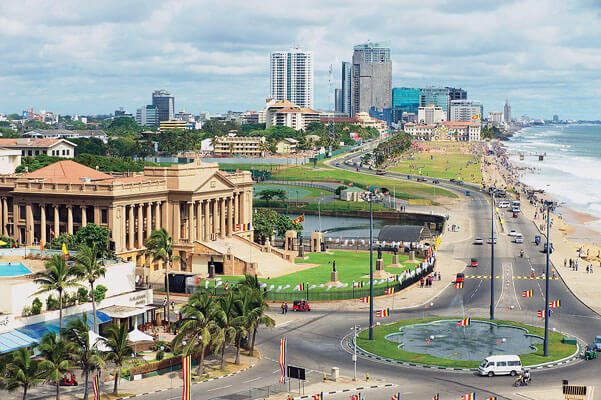
Tropical, colorful and welcoming, Colombo is a fantastic destination for anyone looking to take in Sri Lanka’s vibrant cultural heritage, explore the island’s unique and flavorful cuisine and unwind on the edge of the dramatic Indian Ocean. Sri Lanka’s capital is reminiscent of other South Asian cities but without the overwhelming crowds and pollution, offering a more relaxed, tropical alternative to Delhi or Dhaka. An incredibly diverse city, Colombo is home to many ethnicities and cultures, all of which contribute to the city’s complex and vibrant character.
Sri Lanka’s rich and diverse history spans millennia and reflects influences from a range of regional actors and global powers. A series of ancient dynasties and regional kingdoms followed in more recent history by a number of European colonial powers — Portuguese, Dutch and British — have all left their marks on modern Sri Lankan culture and consciousness.
Originally opened in 1877, this striking white building houses art and artifacts from millennia of Sri Lankan history. It’s a good place to begin to get a grasp on Sri Lanka’s rich cultural heritage. The collection of colorful antique demon masks, used in traditional Sri Lankan rituals and performances, is a personal favorite.
Adjacent to the National Museum, Colombo’s Natural History Museum is worth a visit for anyone interested in learning about the country’s endemic species.
If you’re new to Sri Lankan food, as I was, you’re in for a treat. Be prepared for some spice, and look forward to flavorful meat, seafood and vegetable curries, steamed banana-leaf packets of meat and rice (lamprais, from the Dutch for “lump” and “rice”), and a range of rice flour, wheat, coconut and lentil breads and bread-like dishes for ripping and dipping. Various fruits like mango, jackfruit, coconut, and others feature heavily in curries, sauces and condiments. If you’re familiar with South Indian food, you’ll find it similar, but definitely distinct.
If you want to dive right in to Sri Lankan cuisine, head to the buffet at Raja Bojun, where you’ll find an extensive array of local specialties — a good introduction to the range of flavors and dishes you can expect on your visit.
Housed in a colonial bungalow and former studio of famed architect Geoffrey Bawa, the café’s patios, courtyards, water features and works of art by local artists create an alluring and peaceful dining experience. The menu features a range of dishes reflecting Sri Lankan, regional and European cuisine. The Sri Lankan-style black pork curry is a favorite. Make sure to leave room for dessert.
Set in a quaint house, this local institution is part bakery, part restaurant, known for its baked goods and curries. There’s also a vegetarian lunch buffet.
Tucked away in the Cinnamon Grand Hotel, Nuga Gama — a proudly “carbon neutral” venue — is known for its traditional Sri Lankan cuisine in a setting that evokes Sri Lankan village life under a 200-year old banyan tree.
If it’s street food you’re after, Nana’s serves it up hot and delicious in a stall right on the scenic, oceanside Galle Face Green. Enjoy a bowl of kottu — chopped roti (a flatbread) with some combination of vegetables, egg and meat — while you watch the colorful kites overhead, listen to the ocean and take in gorgeous seaside sunsets.
Explore houses of worship
Sri Lanka is home to many religions including Buddhists, Muslims, Hindus and Christians, and boasts a number of striking temples and houses of worship open to visitors.
Temple of Sri Kailawasanathan Swami Devasthanam Kovil: This stunning, colorful structure — the oldest Hindu temple in Colombo — is a must-see, at the very least from the outside. If you do plan to go inside, dress modestly, and note that you’ll have to remove your shoes to enter.
Gangaramaya Temple: This beautiful Buddhist temple, over 120 years old, sits within a vibrant complex devoted to Buddhist worship and learning on the edge of scenic Beira Lake.
Jami Ul-Alfar Mosque: The striking red and white “Red Mosque” is tucked away in Colombo’s commercial district, Pettah. Completed in 1909, the building represents a mix of architectural traditions reflecting Indo-Islamic, British and Indian styles.
Known for its gemstones, wood carvings and a range of other handicrafts, Sri Lanka has plenty to offer anyone looking for a keepsake or gift. Explore Colombo’s artisan markets and boutiques for a chance to take home a variety of mementos.
Lakpahana
A commercial arm of the Sri Lanka Craftsmen and Artisans Association, Lakpahana houses handicrafts from over 500 artisans across the island. Browse jewellery, woodcarvings, masks, pottery, hand-woven products and many other items — great if you’re looking for both affordable souvenirs and higher-end items.
Kalaya
Add a touch of Sri Lanka to your home with their beautiful bedding, rugs, lamps, crockery and other housewares. Kalaya prides themselves on using natural and sustainable materials, and supporting the work of rural artisans.
Stone ’N’ String
Sri Lanka boasts an abundance of precious and semi-precious stones — which, for more than three decades, Stone ’N’ String has been crafting into gorgeous jewelry. This is a great spot to treat yourself to something beautiful or find the perfect gift for a special someone.
This laid-back city offers plenty of opportunities to relax, whether on the edge of the striking Indian Ocean, with a tropical cocktail by the pool or on the massage table.
Galle Face Green: Join a local evening ritual and sit or stroll along the Galle Face Green, stretching about a third of the mile along the edge of the Indian Ocean. Stop to watch children flying dozens of colorful kites, families playing in the ocean and dramatic sunsets.
Pool Bar, Galle Face Hotel: This picturesque poolside and oceanside bar is the perfect place to relax after a day of sightseeing.
Azmaara Spa: Unwind with a balinese massage or a coconut scrub at the award-winning Azmaara Spa in the Cinnamon Lakeside
This iconic, colonial-era hotel offers luxury accommodations overlooking the ocean. Originally a Dutch villa, the Galle Face Hotel opened in 1864 and today, combines historical charm with modern comforts. Even if you don’t stay there, it’s worth visiting.
A true hidden gem, the Bungalow, a converted 19th-century house, is an oasis of green space and rustic comforts.
Sri Lanka is small as countries go, and diverse ecological zones are within easy reach of the capital. Explore sandy beaches, hike ancient monuments, visit cities hidden in lush jungle or glimpse wildlife during a quick day-trip from Colombo. Transportation is inexpensive; even hiring a private car for the day can be very reasonable — all the more reason to get out and explore.
Pinnawala Elephant Orphanage: Meet endangered Sri Lankan elephants at this wildlife reserve where they work to protect and rehabilitate the species. At around an hour and a half away, Pinnawala is an easy train ride or car trip from Colombo.
Kandy: Visit the lush, inland city of Kandy — last capital of Sri Lanka’s ancient kings. Tucked away in mountainous jungle, the scenic two and a half hour train ride winding through the rainforest itself makes the visit worthwhile.
Sigiriya: Explore the ruins of the ancient city (a UNESCO World Heritage Site) and hike the dramatic rock fortress, the “Lion’s Rock.” The easiest way to get there from Colombo is by car, which should take around three hours.
Galle District Beaches: Head south by train or car to one of the scenic coastal towns in Galle District. Unawatuna and Hikkaduwa are known for their beaches. If you have time, visit Galle’s Old Town, a historic, colonial-era town and fortress and a UNESCO World Heritage Site around an hour and a half from Colombo.
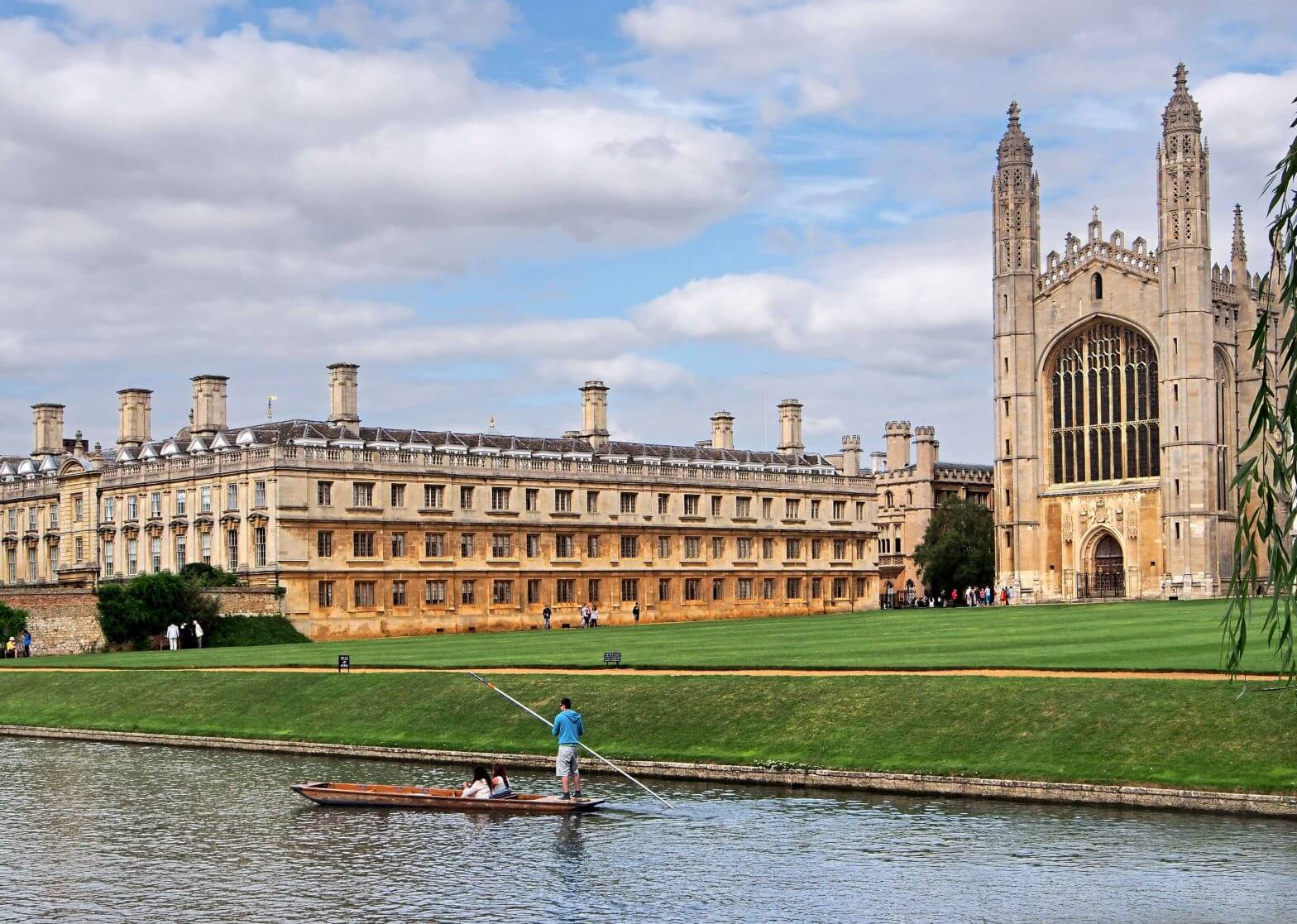
Before I first arrived in Cambridge, I had visions of Hogwarts-like grandeur, medieval pubs, secret gardens and endless tea and Pimm’s by the river. And that’s exactly what I found. Just 45 minutes from London by train, this charming, ancient university town is the perfect weekend getaway or easy day-trip. While the area was settled in antiquity, the Cambridge you’ll see today has its roots as a university town, which grew up around Cambridge University, founded in 1209. Notable alums include Charles Darwin, Stephen Hawking and Ian McKellen alongside a staggering 96 Nobel laureates. It’s impossible not to be impressed by the history of the place, and you’ll find the city charming in every season.
So, what to do with a weekend in Cambridge?
Start your visit right with a quick breakfast sandwich or homemade pastry and mug of fresh coffee at Hot Numbers on Trumpington St. – a cozy student favorite.
Head up the road and you’ll hit the cobbled King’s Parade, which winds past some of the university’s oldest and most visually striking colleges. Check out Corpus Christi on the right and then King’s, Trinity and St. John’s on the left. While the University has 31 colleges, if you only have time to visit one, better make it King’s. Founded in 1441, the campus’ dramatic Gothic architecture is definitely worth a stop (and the £9.00 admissions charge). Your ticket will include entrance to King’s College Chapel, a truly stunning building that took over a century to complete and features the largest fan vault ceiling in the world.
The fan vault ceiling of King’s College Chapel
On your way out, head left down King’s Parade and through St. Mary’s Passage to the Market Square, where you’ll find a food, goods and crafts market in operation in that very spot since medieval times. There’re lots of independent galleries and boutiques in the cobbled streets around the market, so I’d recommend exploring the area.
Grab some lighter fare in the market itself (there’re usually stands serving up falafel, paella, dumplings and Thai noodles), or stop for a sit-down lunch at one of the nearby restaurants. SmokeWorks serves up delicious barbeque, even by American standards. Indigo Coffee House is a hidden gem tucked away in St. Edward’s Passage, with great sandwiches, cakes and coffee.
Punting along the River Cam is a charming Cambridge tradition and a great way to see some of the city’s highlights like the picturesque Bridge of Sighs and unique Mathematical Bridge. Companies like Cambridge Chauffeur Punts and Scudamore’s offer punt tours or, if you’ve got the urge for independence (and some traction on your shoes!), self-hire. Feel free to grab snacks and a drink – maybe even a cheeky pitcher of Pimm’s from a riverside pub – for the ride. If you’d rather walk along the banks instead, follow signs to the Backs, a path that winds along the river and takes you past lovely views (and the occasional herd of cows). Not punting or strolling weather? Head to The Mill pub and play games by the fire.
Cambridge Brew House is a great option for dinner, especially for anyone looking to test out the local beer scene. Try home-brewed beers and interesting takes on English classics, including their range of “British tapas.” If you’re feeling a little “pubbed out,” head to Thai Khun instead, a go-to for tasty Thai street-food in a space reminiscent of a Bangkok street market, minus the traffic.
The Eagle Pub is a must-see, especially for history buffs, and a nice spot to cap off the night. It attracts a lot of tourists, but for good reason: opened in 1667, this cozy warren of rooms offers you the chance to sip a pint in the booth where Watson and Crick announced they had discovered the structure of DNA. Also make sure to check out the WWII-era graffiti all over the walls and ceilings of the “RAF room.”
Make your way to Clarendon Arms, a rustic pub where on Sundays they serve up one thing and one thing only – and boy, do they do it well. Their Sunday roast – a veritable tower of meat, vegetables, Yorkshire pudding and gravy – is on my personal list of all-time favorite meals and the perfect cure if you’ve had one too many pints the previous night. A vegetarian “roast” is also available. Across Parker’s Piece (hallowed ground to any sports fan: it’s where the precursor to modern soccer/football was first played) from the center of town, the walk gives you a chance to work up the appetite you’ll need. Make sure you reserve in advance!
Head back to town and check out the Fitzwilliam Museum – an impressive collection of the university’s arts and antiquities collections. Cambridge University also has a number of small, quirky museums hidden around campus, all free to the public: my personal favorites are the Museum of Archaeology and Anthropology and the Polar Museum.
A few blocks down Trumpington St. from the Fitzwilliam you’ll find Fitzbillies. Nip in for a cup of tea and a Chelsea bun – decadent but well worth it.
Just up the road are the Cambridge University Botanic Gardens, home to more than 8,000 species of plant. Let yourself be transported to the tropics with a stop in the Palm House.
Head to dinner at The Old Bicycle Shop on Regent St., where they serve up locally sourced fare and creative cocktails in a rustic space that can only be summed up as “cycling chic.”
Cambridge University Botanic Gardens
Hotel du Vin Cambridge: Historic university buildings converted into an elegant but homey boutique hotel.
St. John’s College: Bed and breakfast accommodations in an impressive 16th century building in one of the university’s oldest colleges. Only available outside of term.
Arundel House Hotel: A tastefully converted row of Victorian houses overlooking the river Cam, just minutes from the center.
The Varsity Hotel & Spa: Centrally located, modern hotel with elements of classic Cambridge charm.
Just another WordPress site
